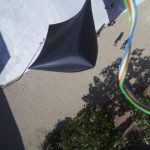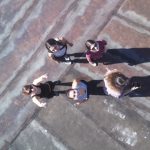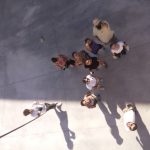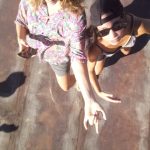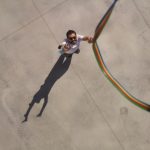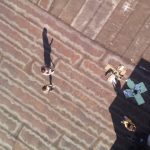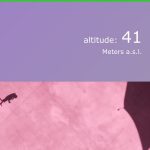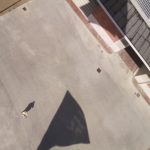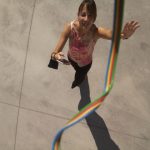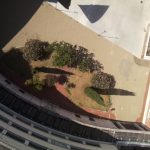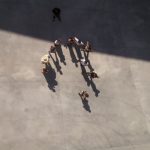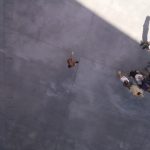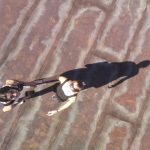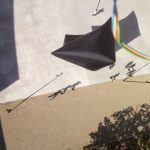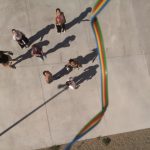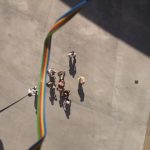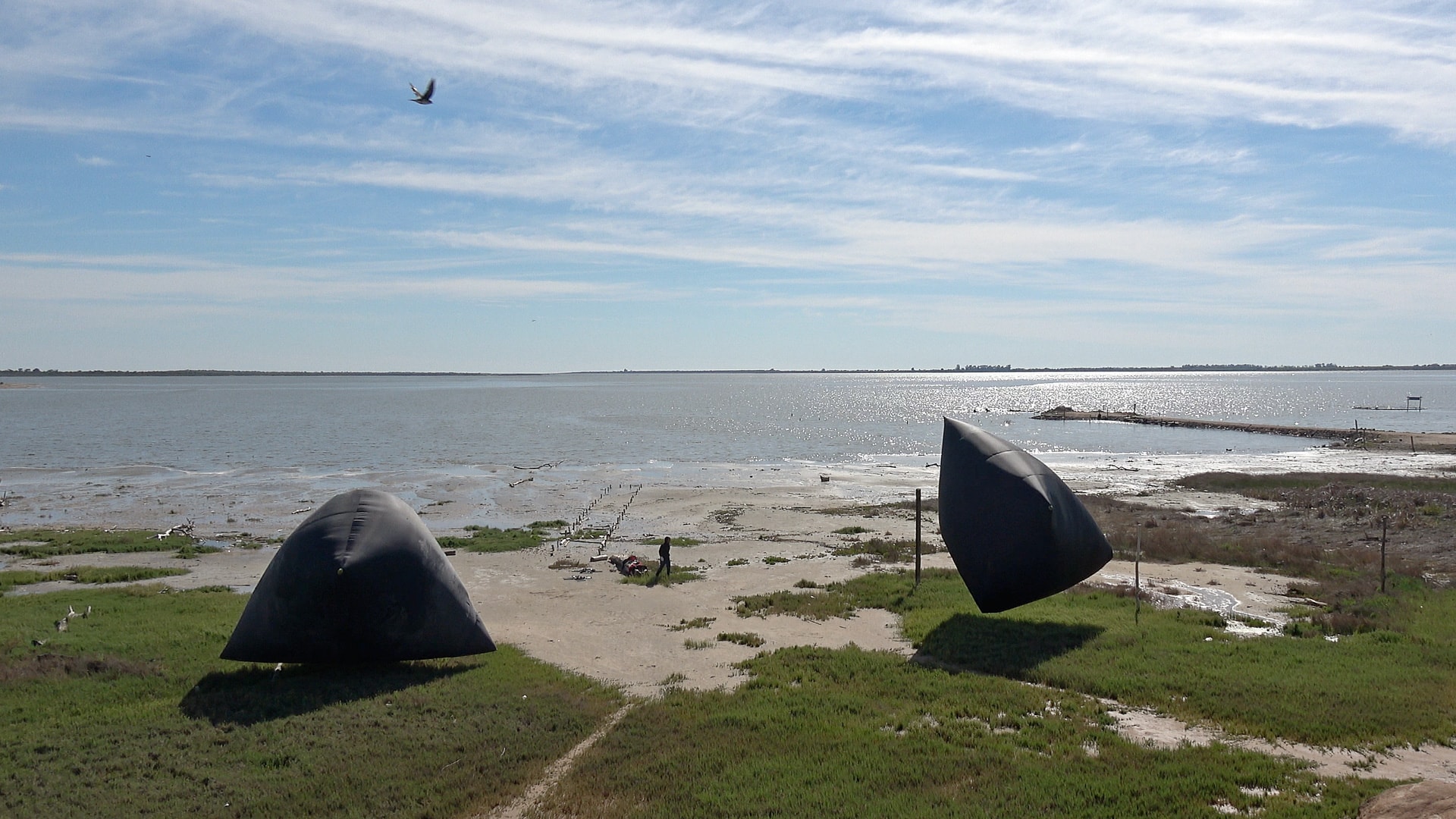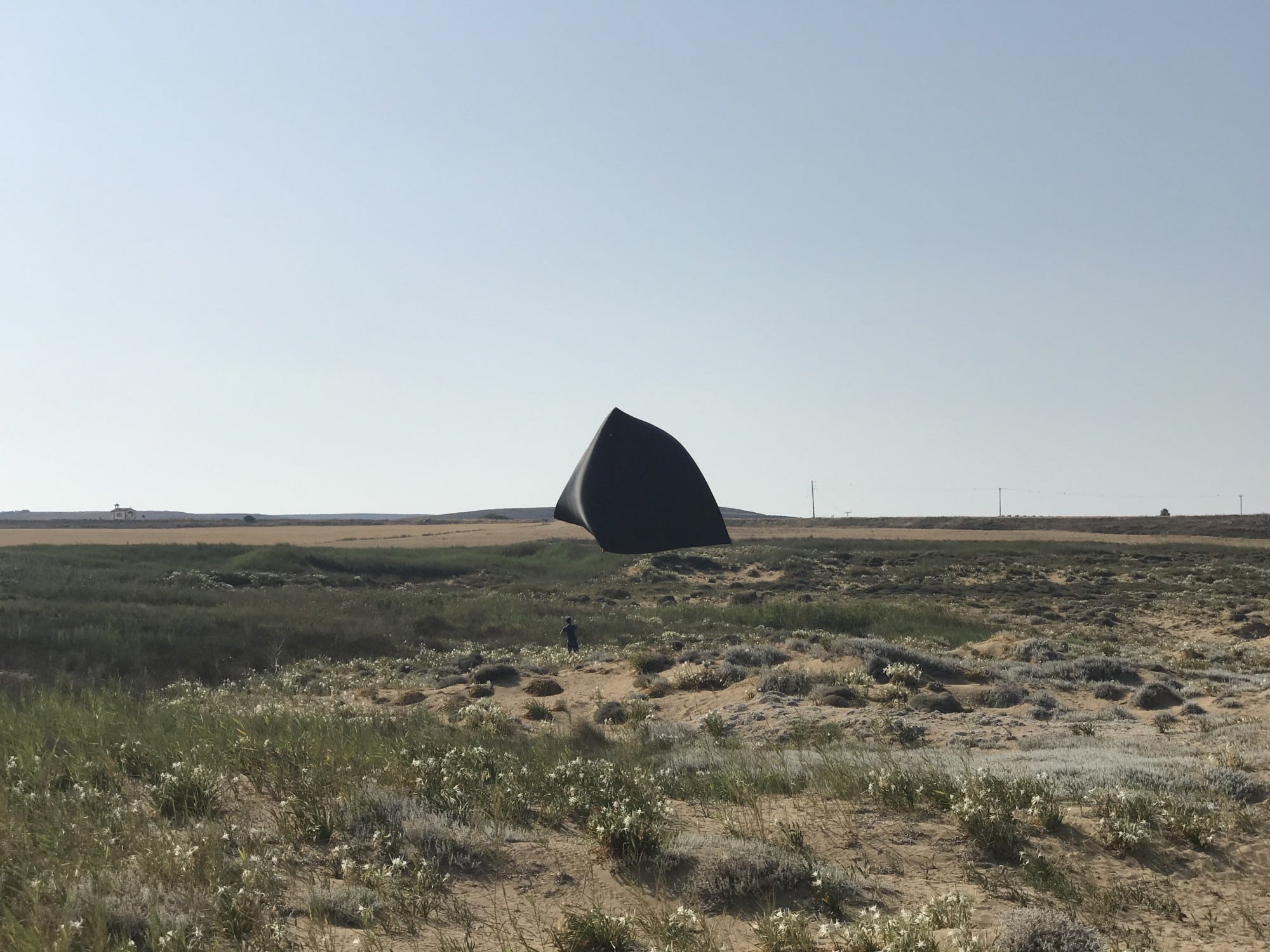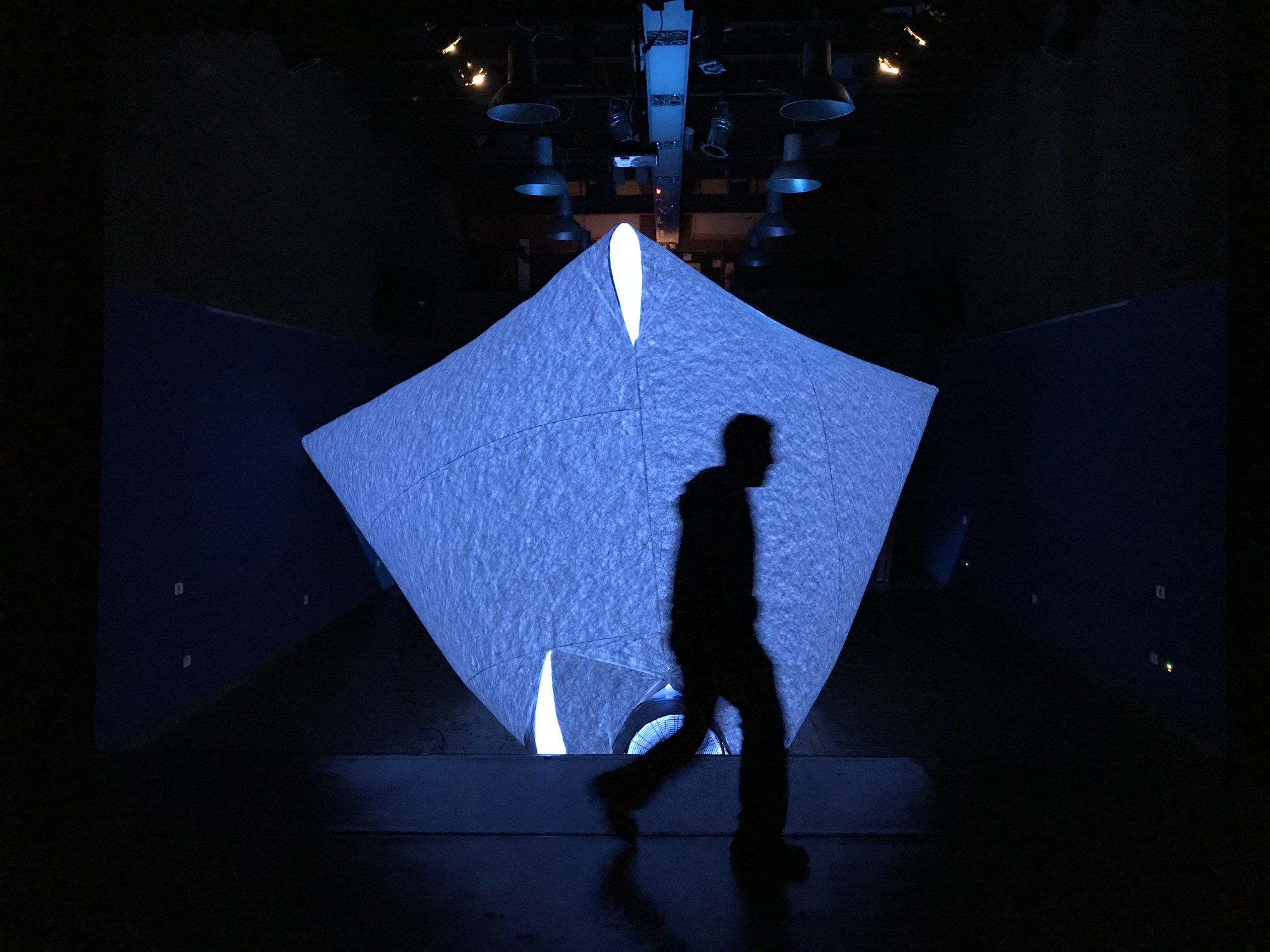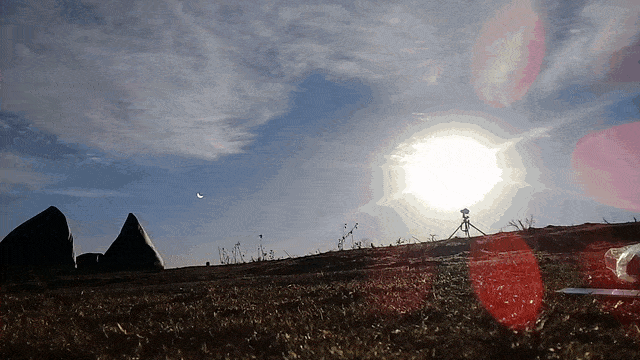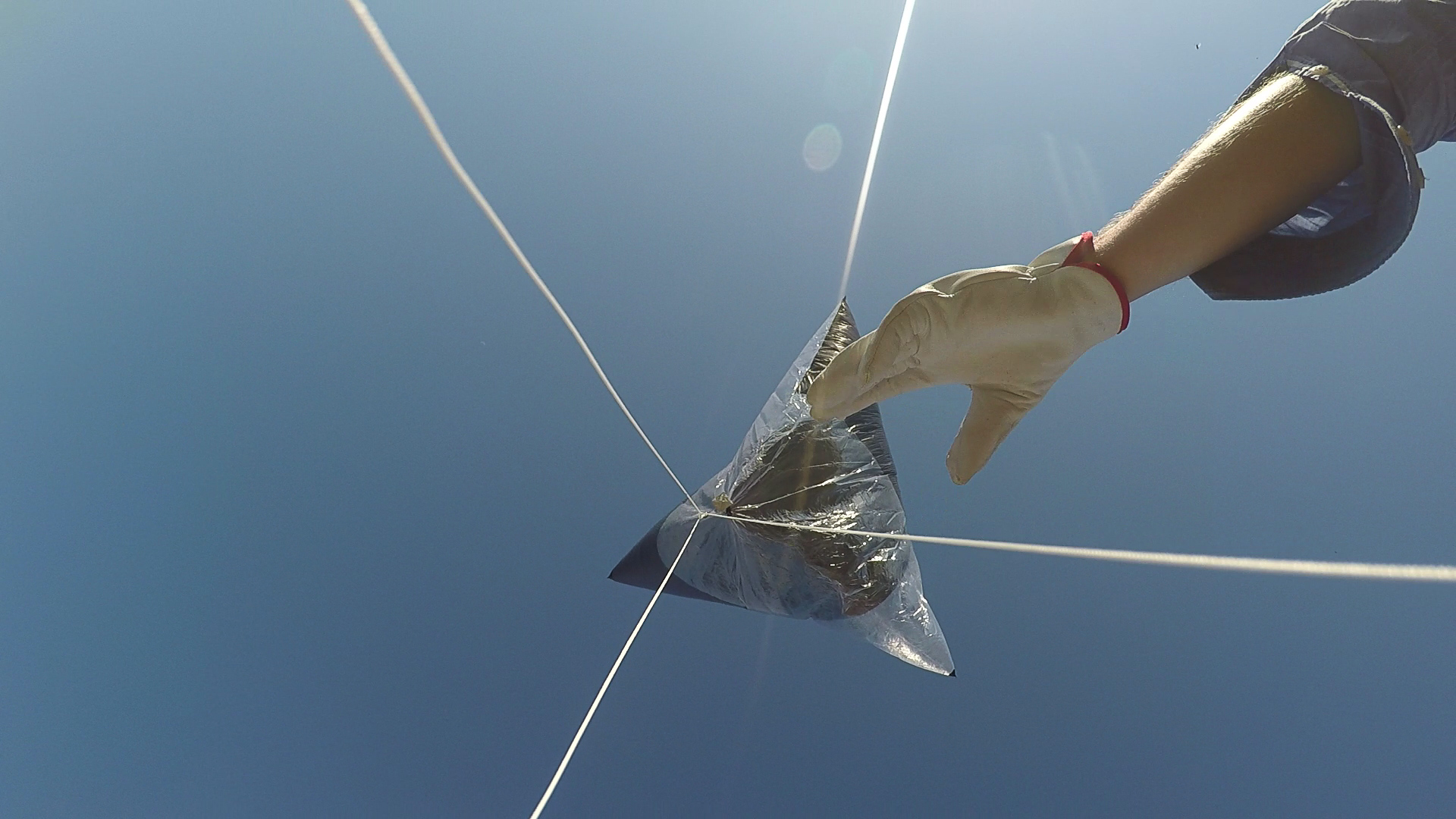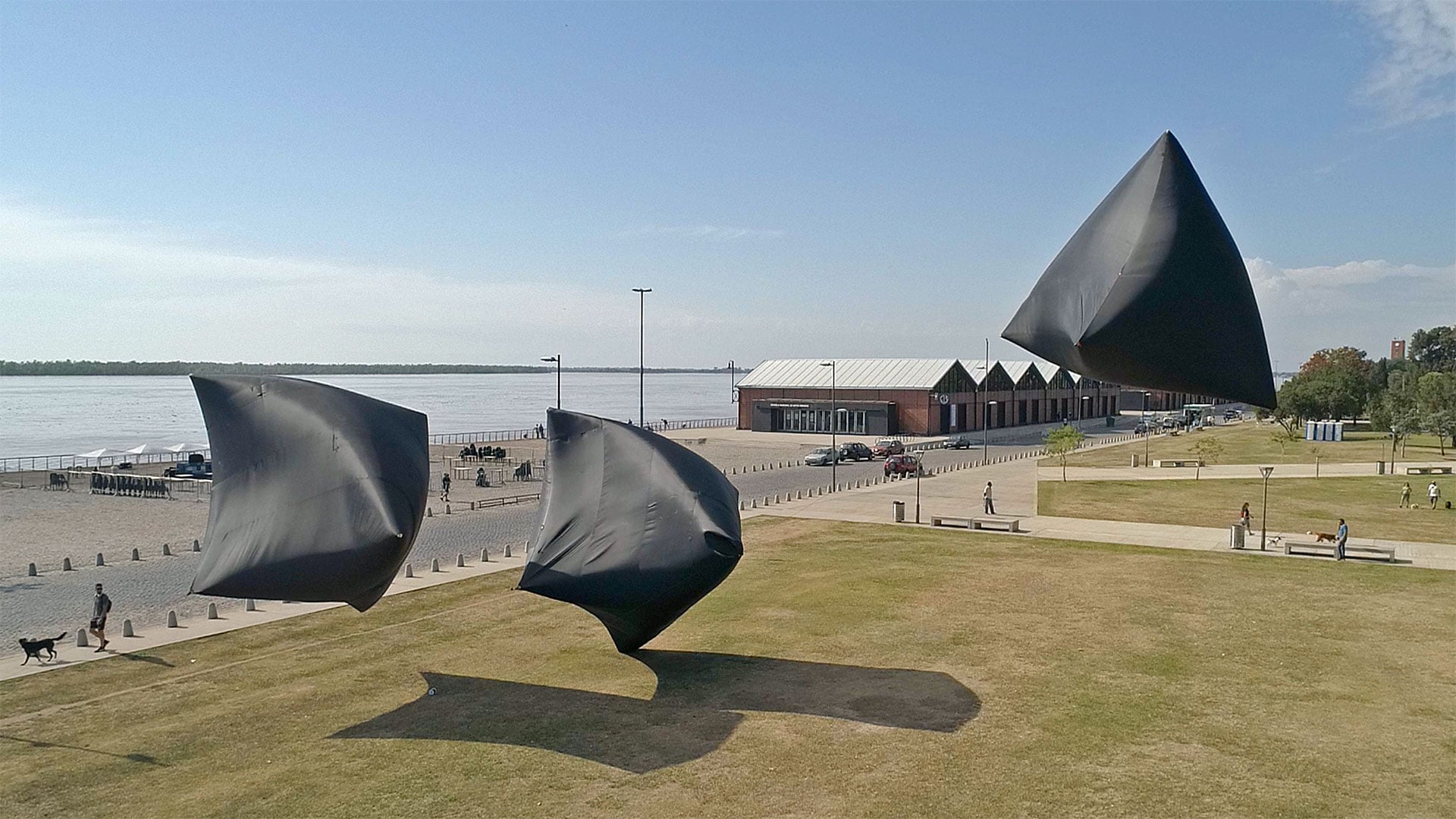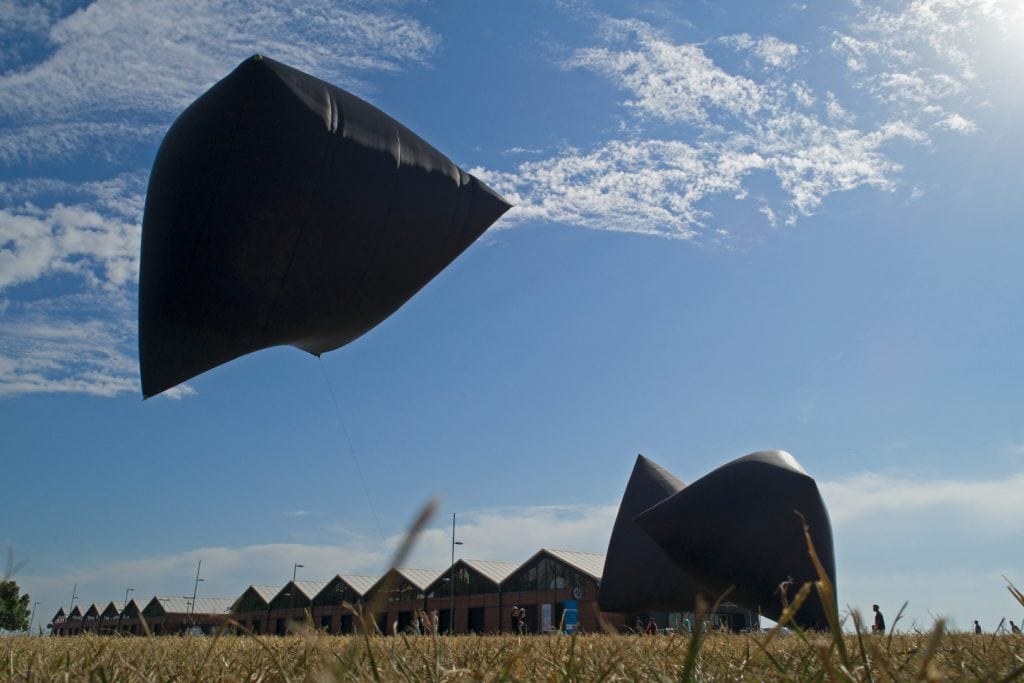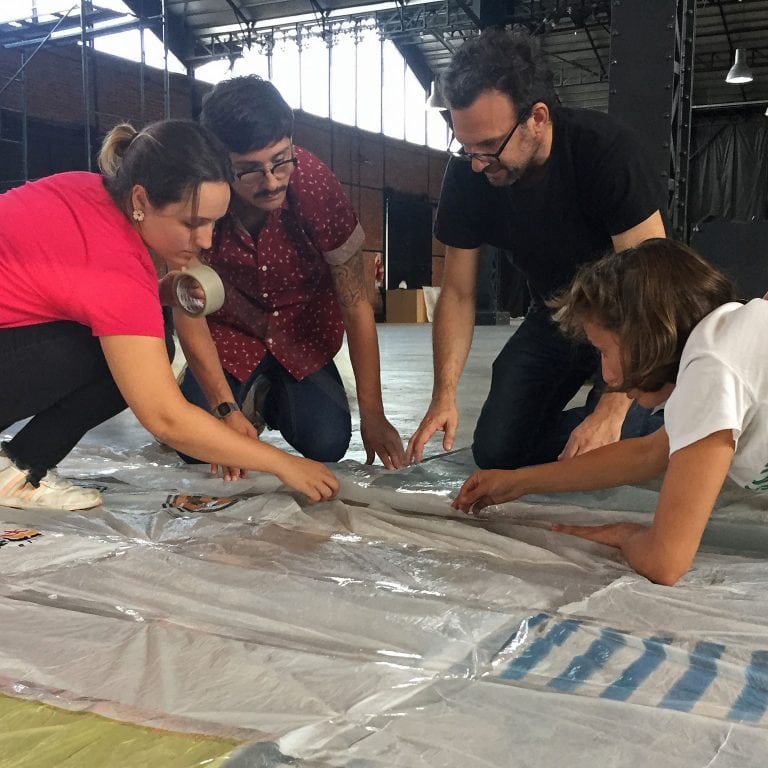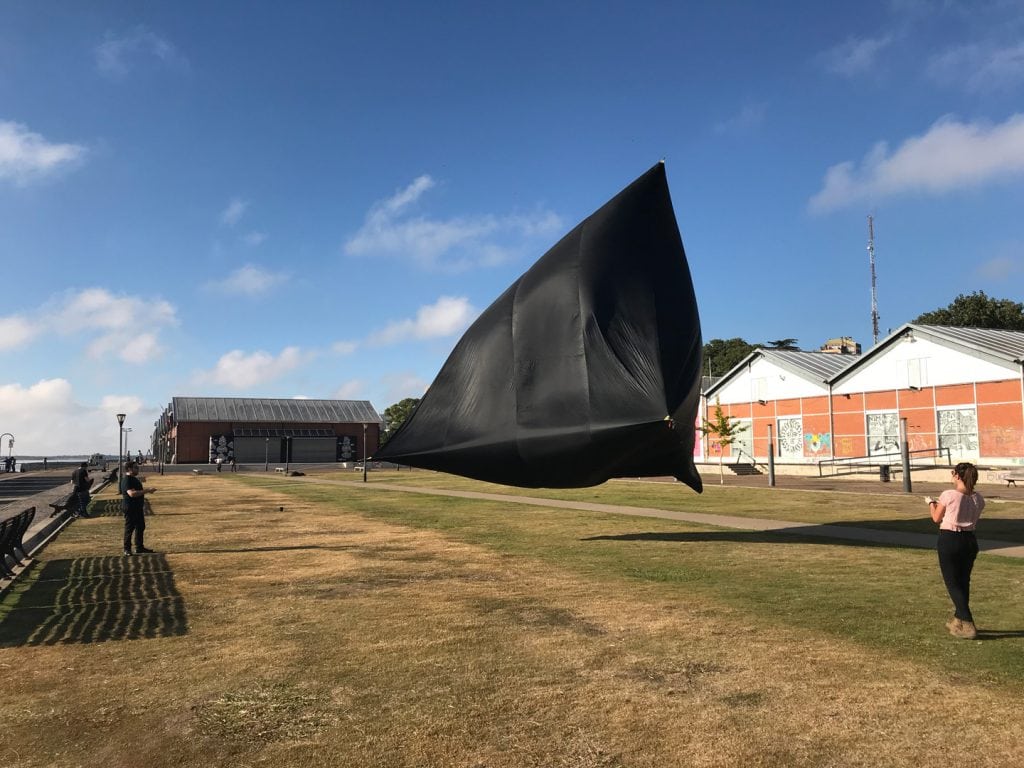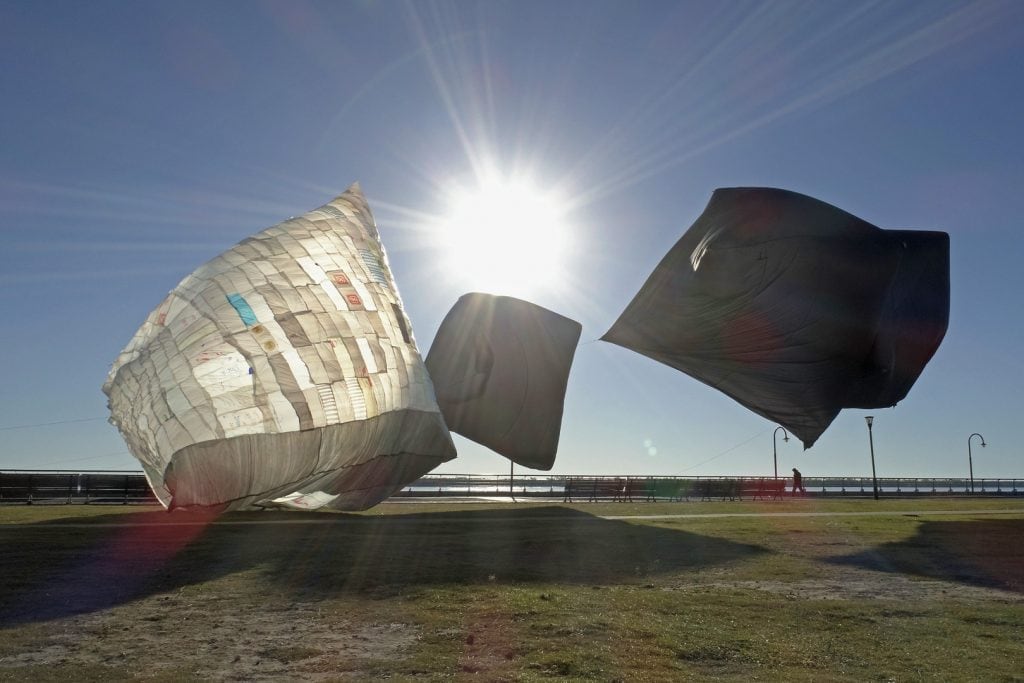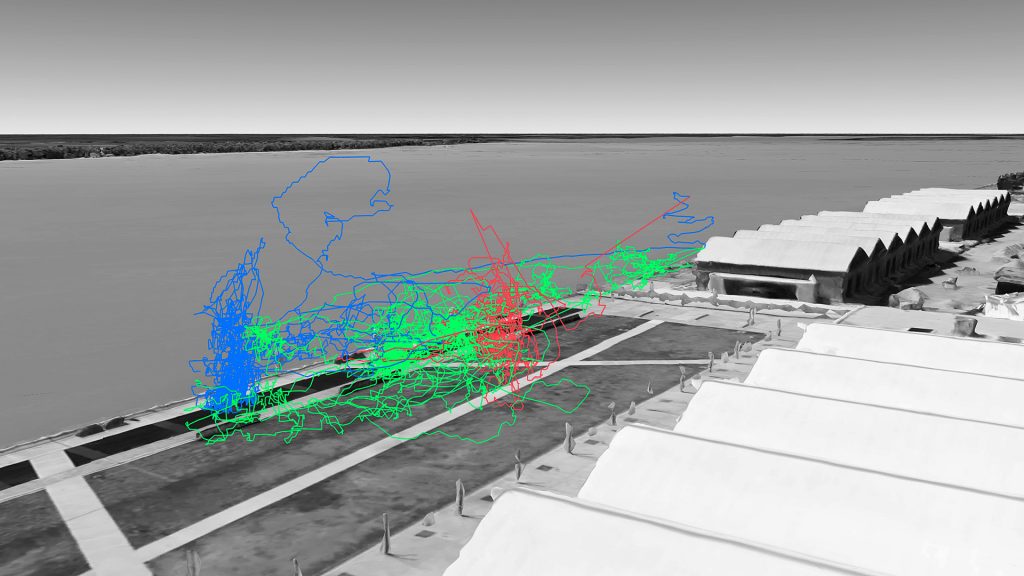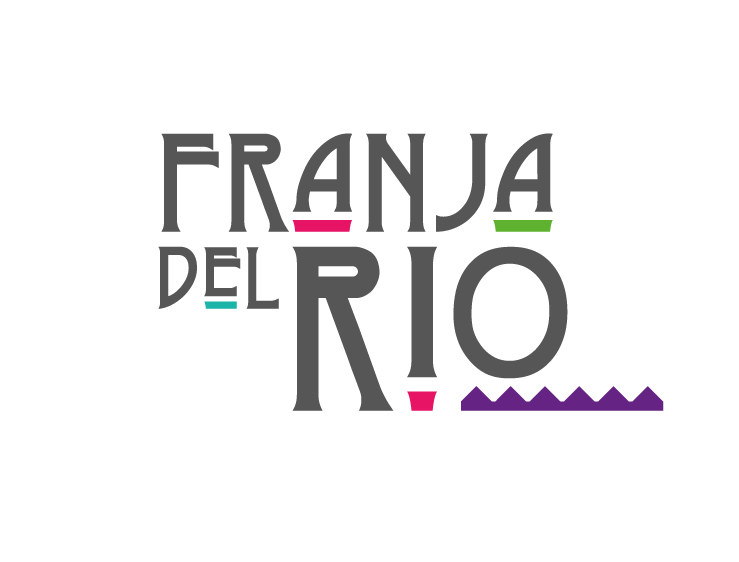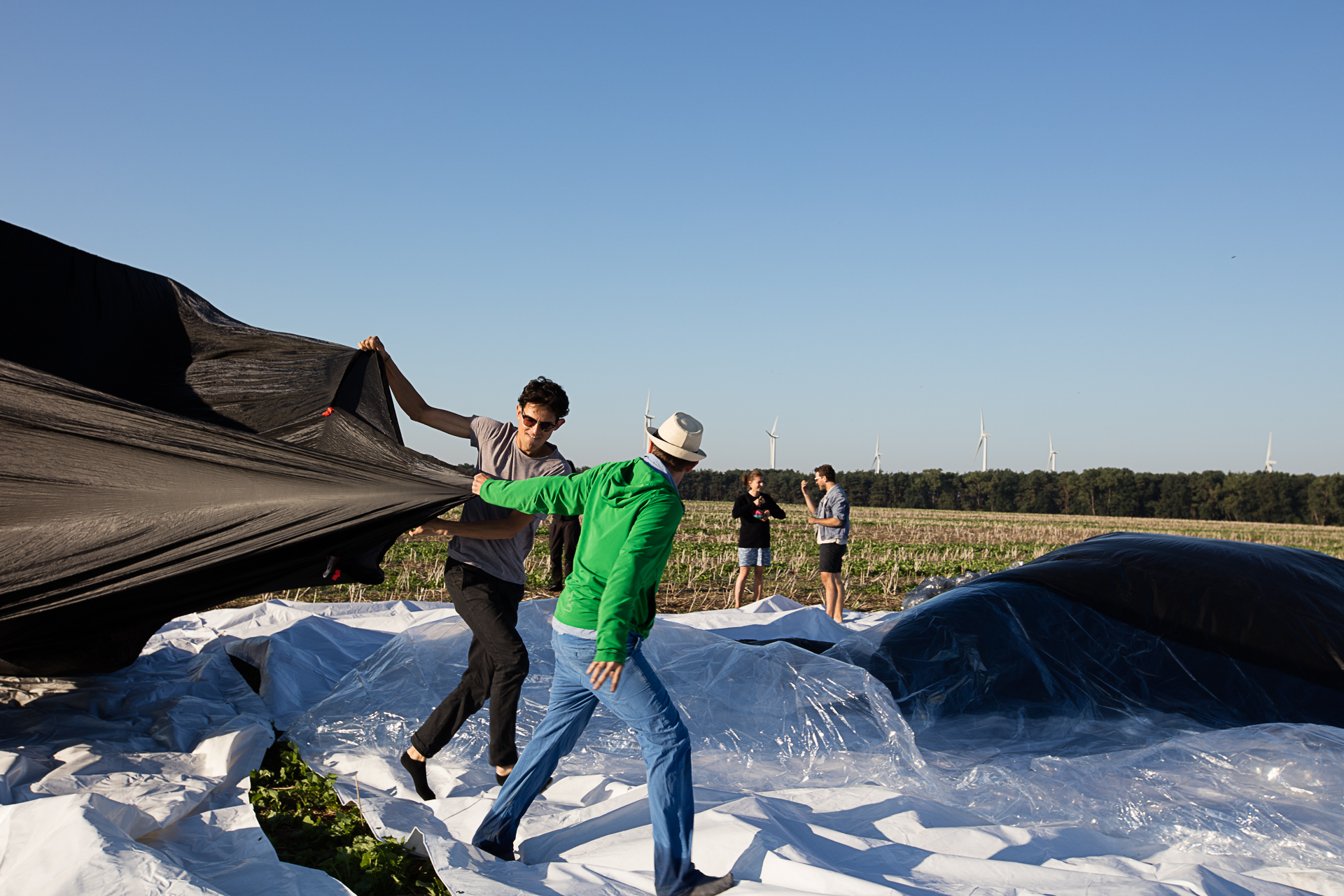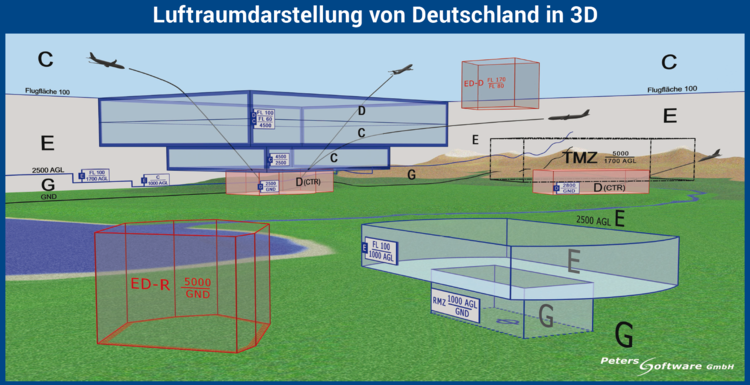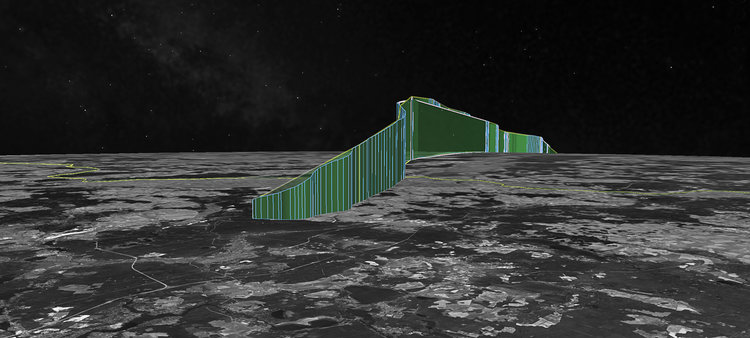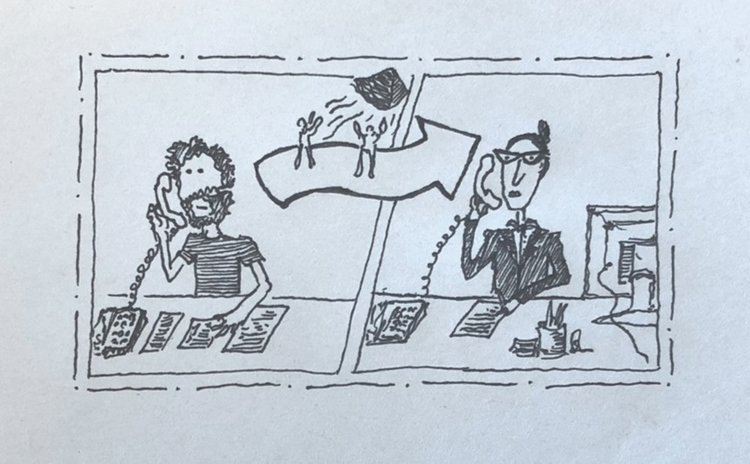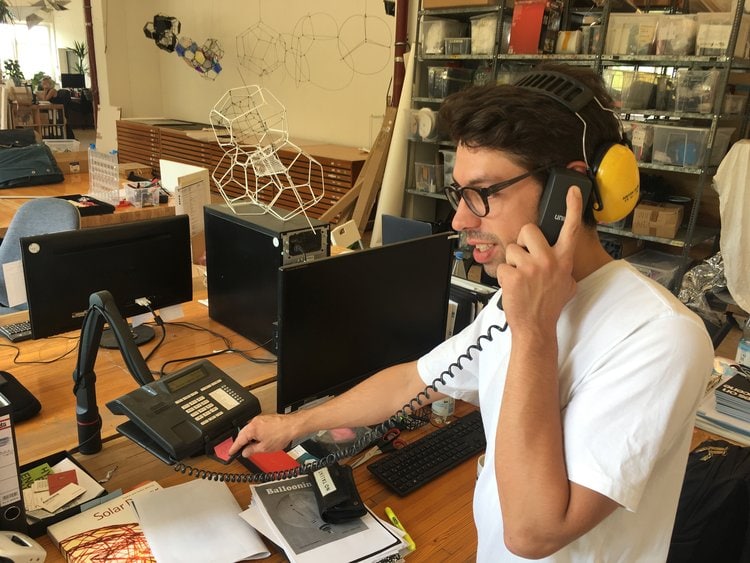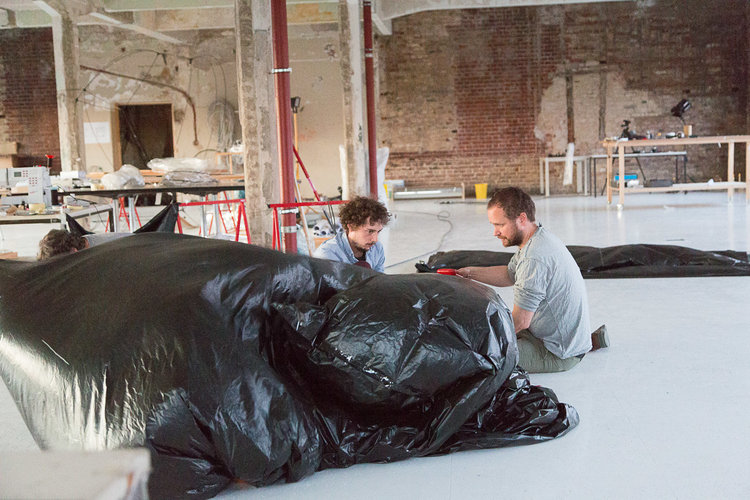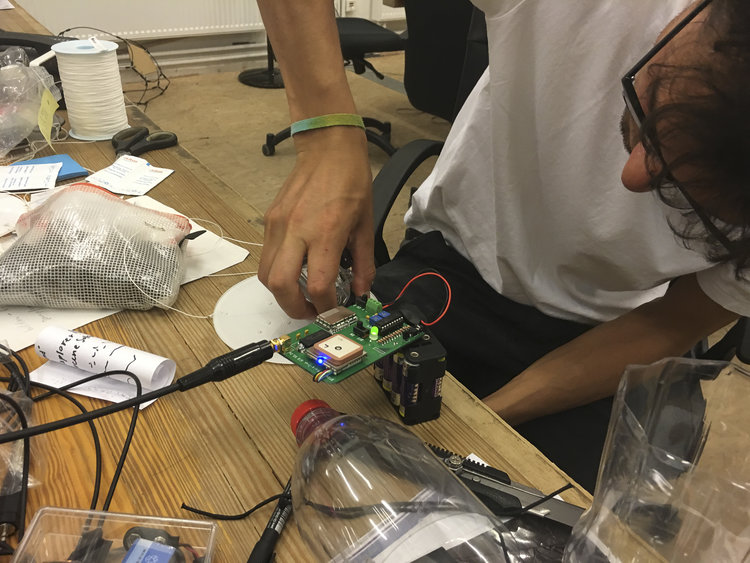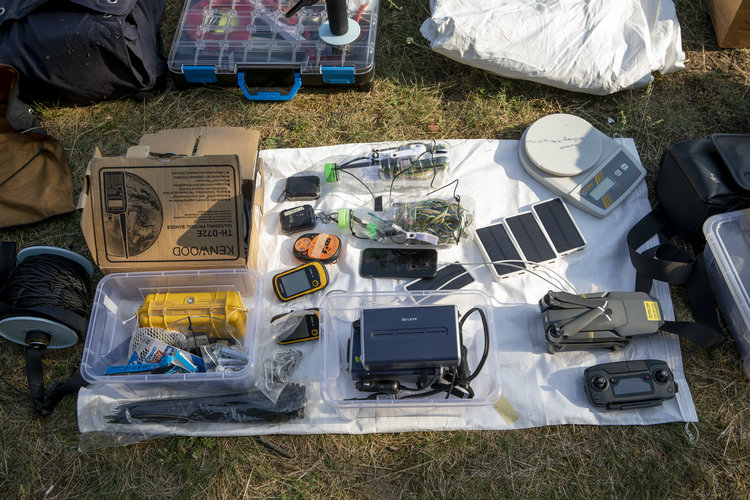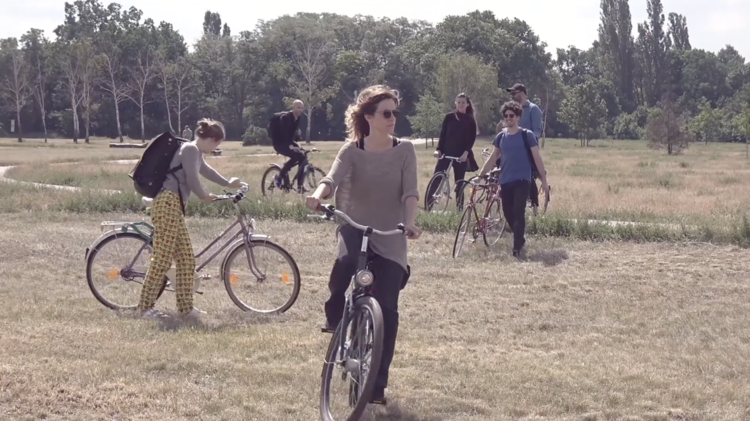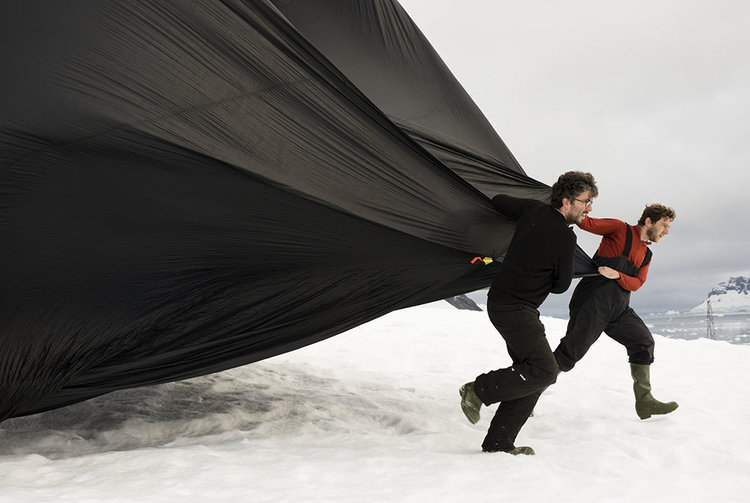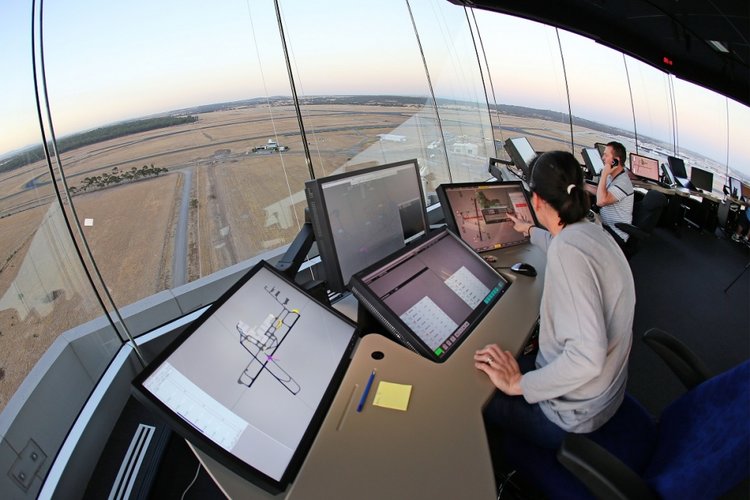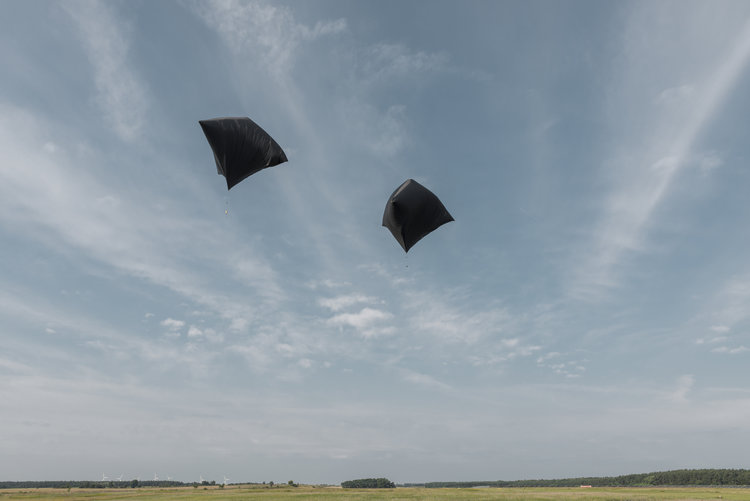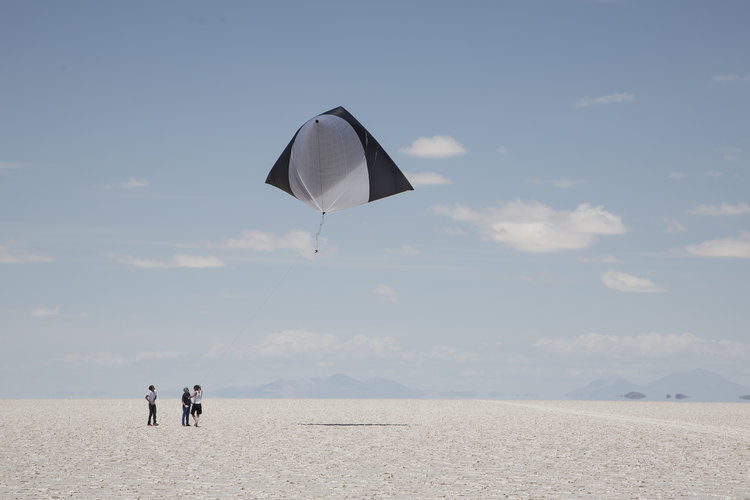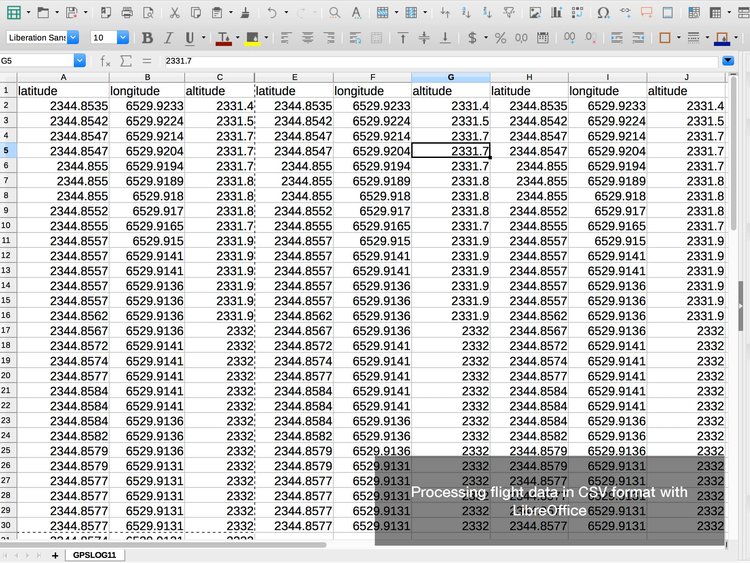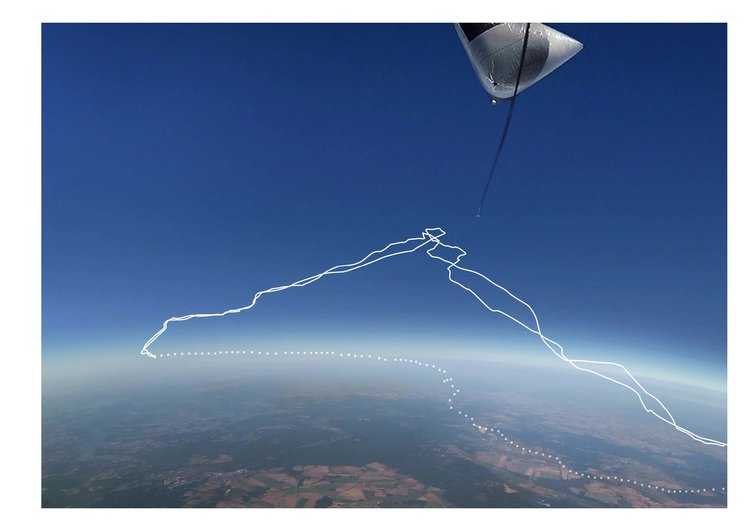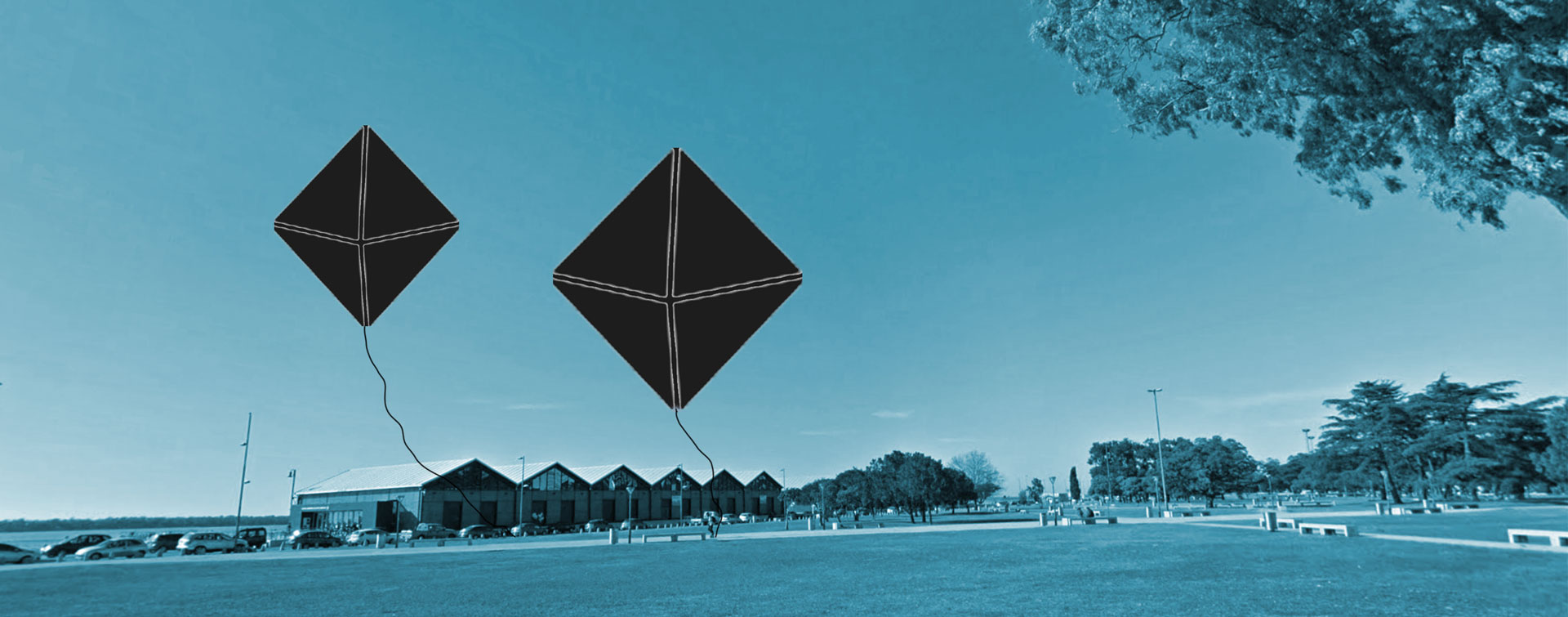On the occasion of the exhibition Tomás Saraceno. Aria
in Florence, Palazzo Strozzi, the collaboration between Aerocene Foundation, Fondazione Palazzo Strozzi and Manifattura Tabacchi led to the take-off of ARIA Days.
Over three days, Friday 11 to Sunday 13 September 2020, Aerocene sculptures elevated in the air of Florence, imagining how to move and travel without the need for fossil fuels: a symbol of a new age for the planet, the era of the Air.
Becoming buoyant only with the heat of the sun, the aerosolar sculptures rose above Piazza dell’Orologio at Manifattura Tabacchi thanks to the collaboration of a volunteer group trained by Aerocene Foundation.
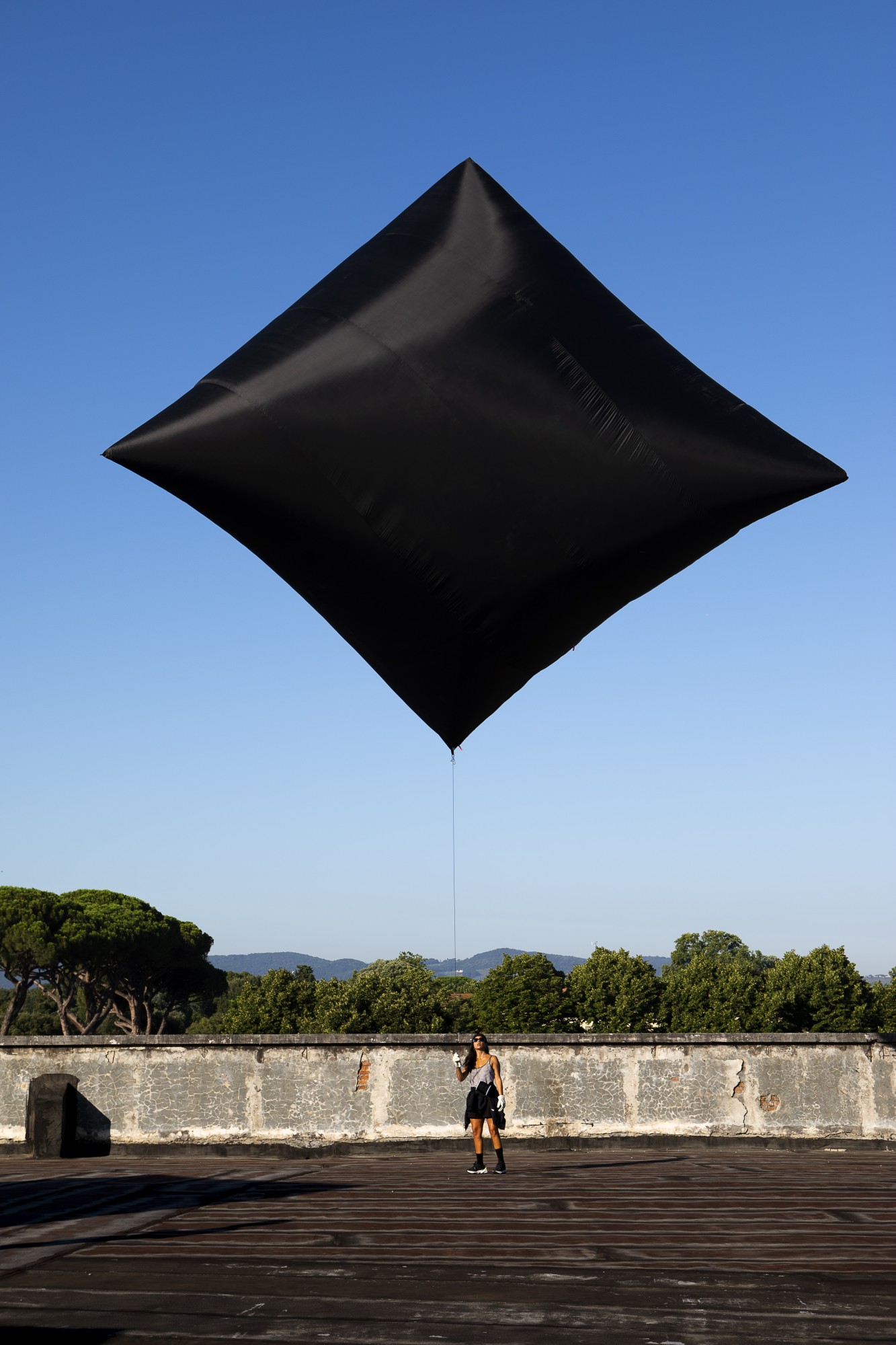
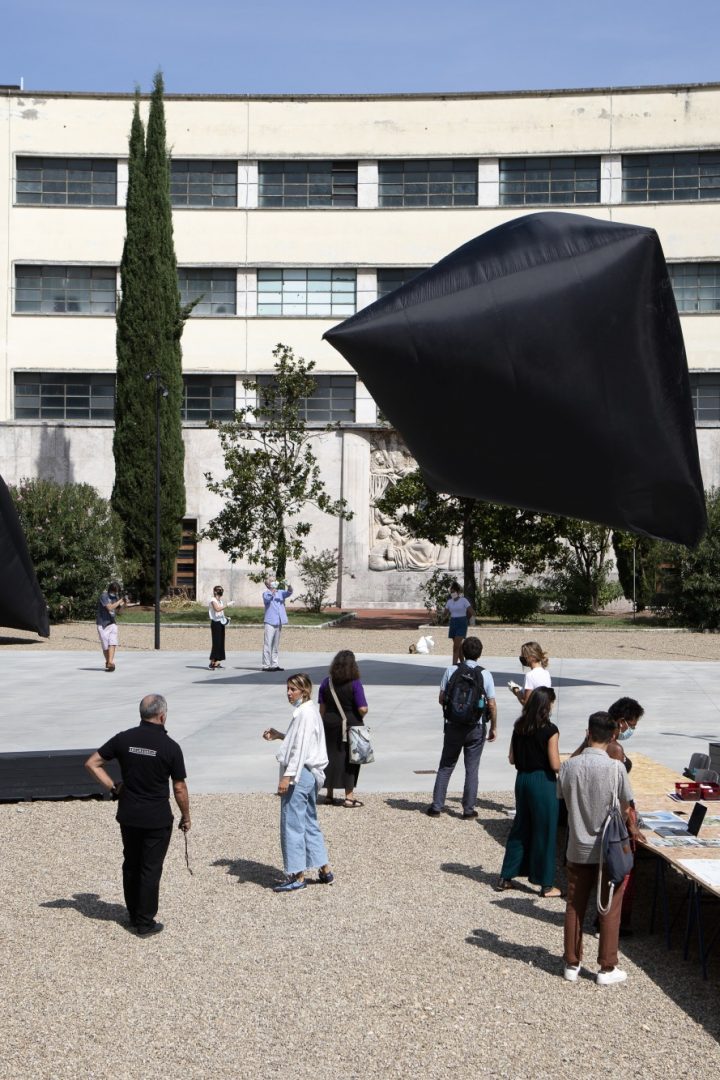
In the words of Martino Margheri, Aerocene Pilot, Education Coordinator at Fondazione Palazzo Strozzi and organizer of Aerocene activities in Florence:
“We had such a great experience in Florence during ARIA Days at Manifattura Tabacchi.
Since the workshop with the representatives of Aerocene Foundation, Alice Lamperti, Lorenzo Malloni and Joaquin Ezcurra in July, we really enjoyed working altogether and delve ourselves into the community attitude of Aerocene endeavours and share with a broader public a new engagement with the air and the atmosphere.
During the Aerocene Pilot Course, we have been able to deliver a powerful message to the Florentine community, as many people participated and asked about organizing further Aerocene events in the upcoming months.
Around 200 people launched the aerosolar sculptures enclosed in the Aerocene Backpacks and more than 1000 people attended the events of ARIA Days, uplifted by the mesmerizing flying sculptures.”
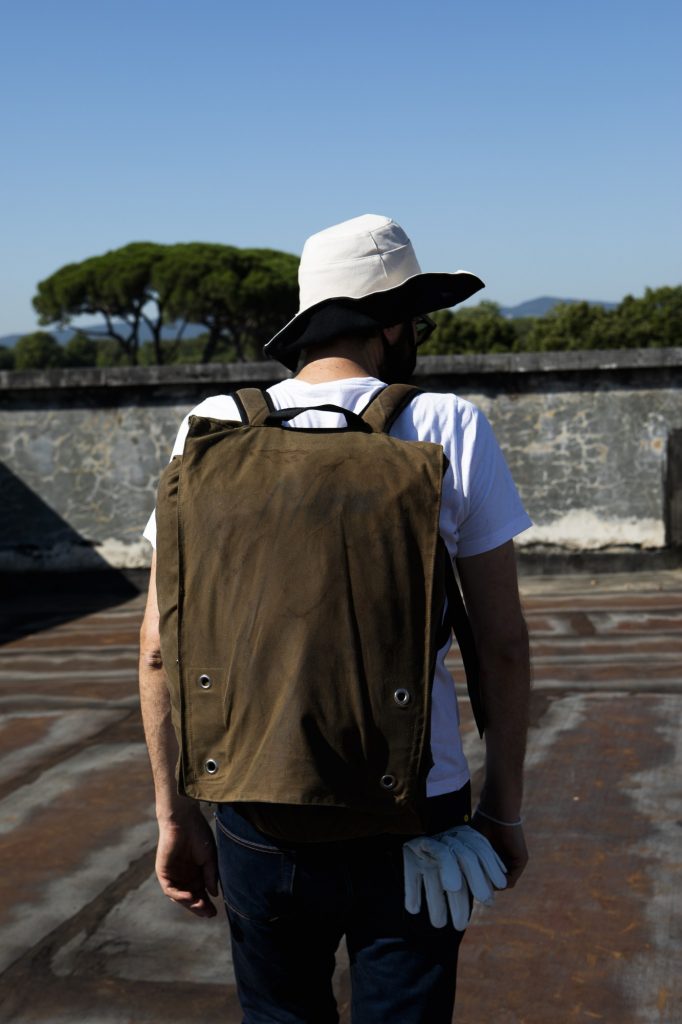
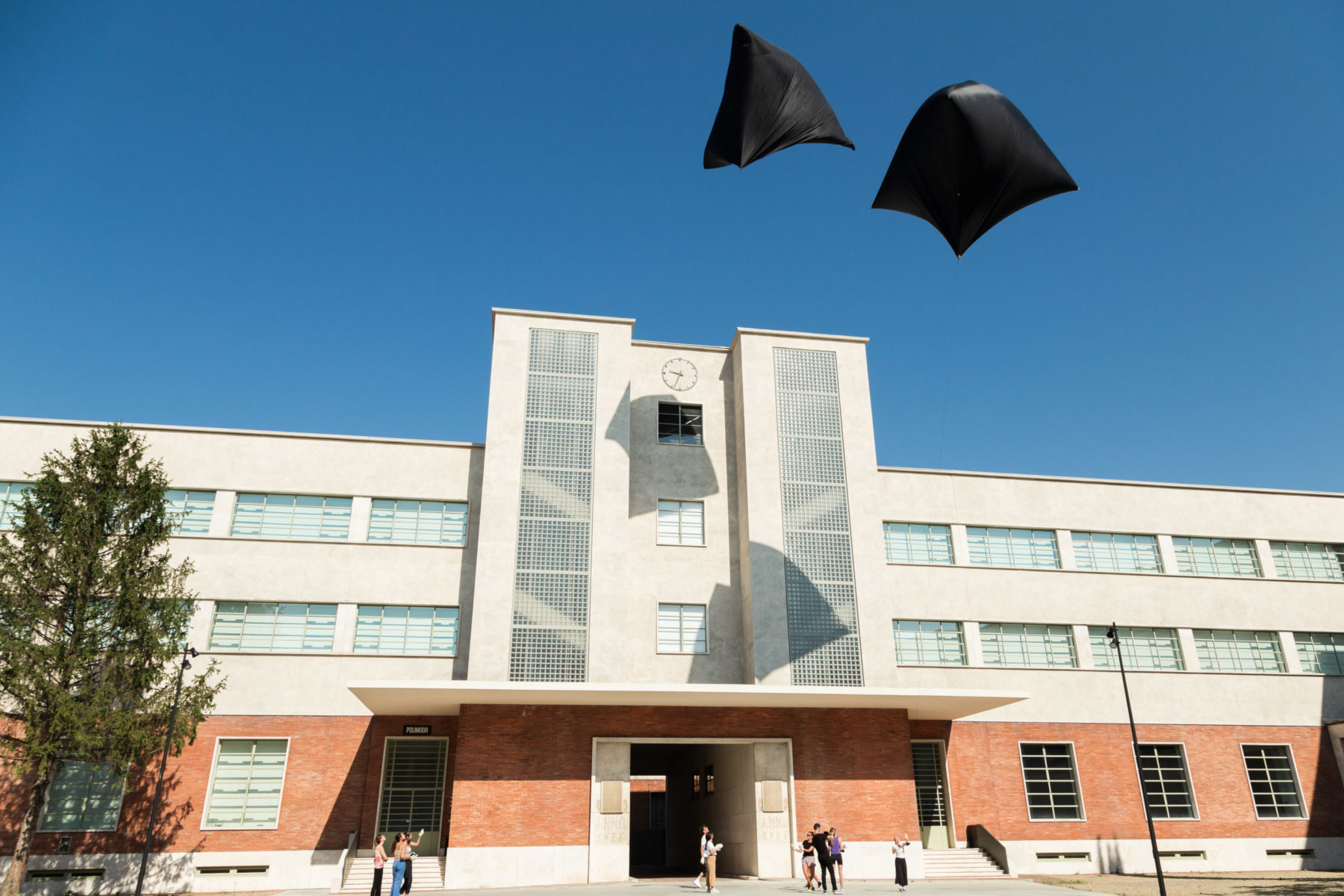
A group of 12 volunteers, Aerosolar Pilots officially trained by Aerocene Foundation’s coordinators Alice Lamperti and Lorenzo Malloni, worked side by side with Palazzo Strozzi’s team to engage with the audience and show a different way for flying, sharing with enthusiasm the possible futures to come within the Aerocene era.
During the workshop open to the public, the on-site team had to deal with a sunny but windy weekend: in order to have full control of the sculpture and guarantee safe flights for the pilots and the number of visitors in the courtyard of Manifattura Tabacchi, they all flew, together, one sculpture at the time, following the rhythms of the winds and the will of the atmosphere.
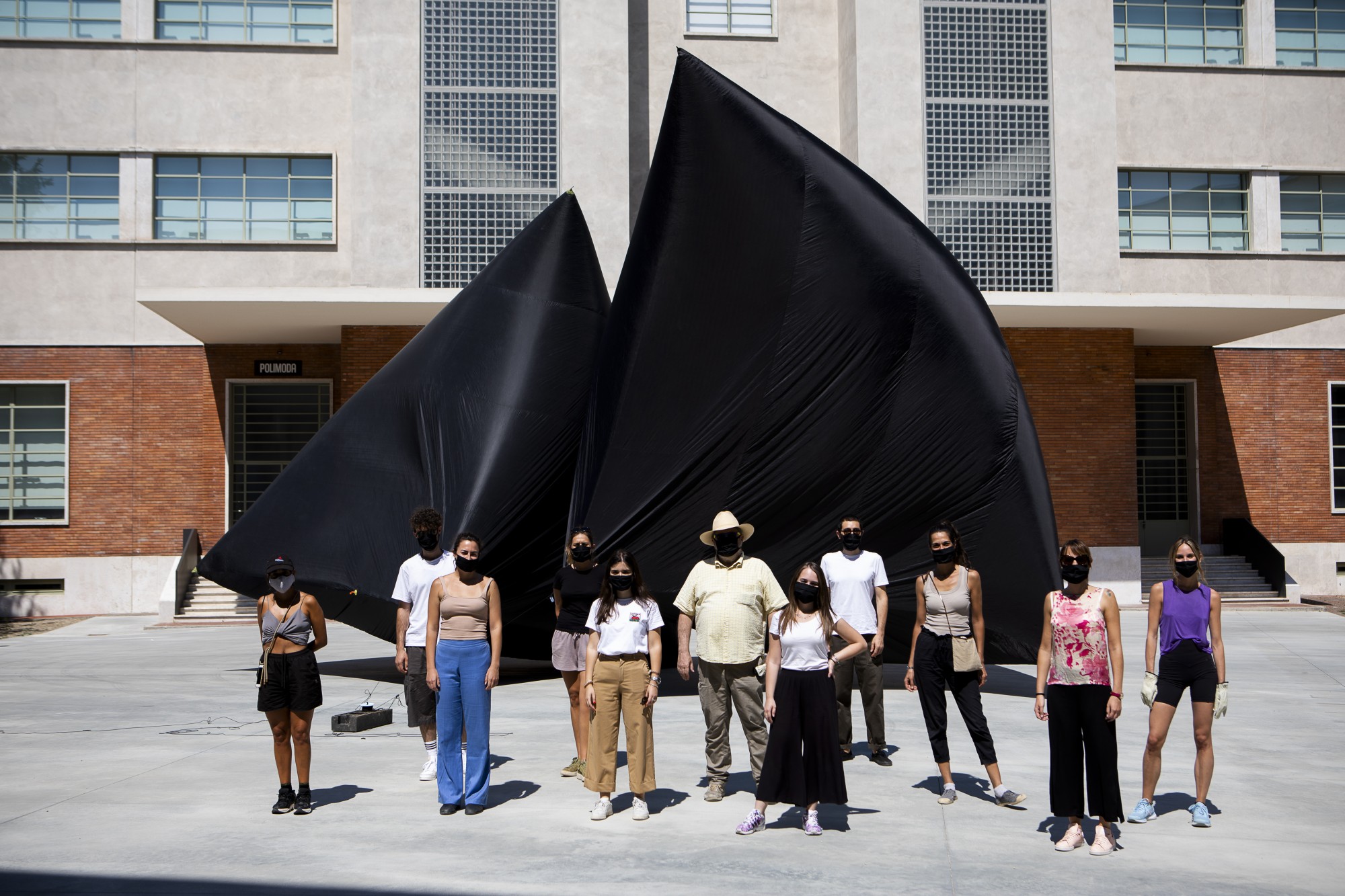
The Pilot Course for the volunteers promoted by Aerocene Foundation in collaboration with Fondazione Palazzo Strozzi was set up as an interdisciplinary workshop, a laboratory to sense di air differently.
The first approach with an Aerosolar Sculpture can be extremely powerful both in terms of our physical engagement with it, both concerning its connection with the invisible natural forces we live among – such as the air, the winds and the energy of the sun. Elements that in our daily routine may end up unnoticed in the majority of cases, especially in a city like Florence, an environment with a solid history of human-centric vision as the cradle of Humanism and the Renaissance.
Aerocene wants to inspire a different perspective, where the environment abandons its role of sole scenography, but becomes the protagonist, with all its elemental energies: to foster a shift in consciousness, rethinking what the futures to come could inaugurate a new Renaissance – Aerocene, an era for the Air, towards the independence from fossil-fuels based mobility.
If we think about the aerial perspective, whose studies were initiated in the very city of Florence by Leonardo da Vinci, it is based on the discovery that air is not an entirely transparent medium. According to Leonardo’s optical studies, moreover, the air is denser («una aria grossa più che le altre» – one air thicker than the others) the closer it is to the ground, while it becomes more transparent with height.
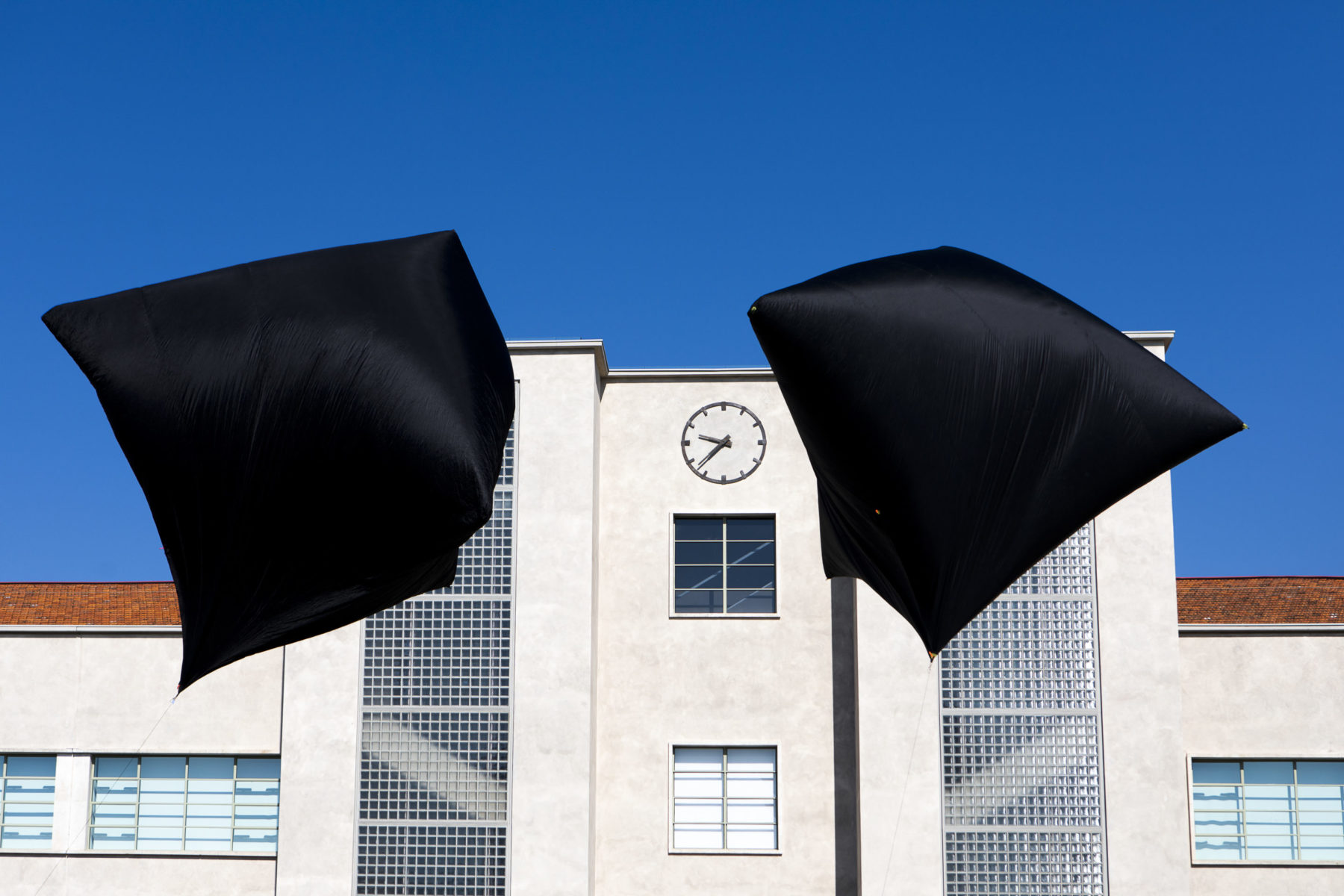
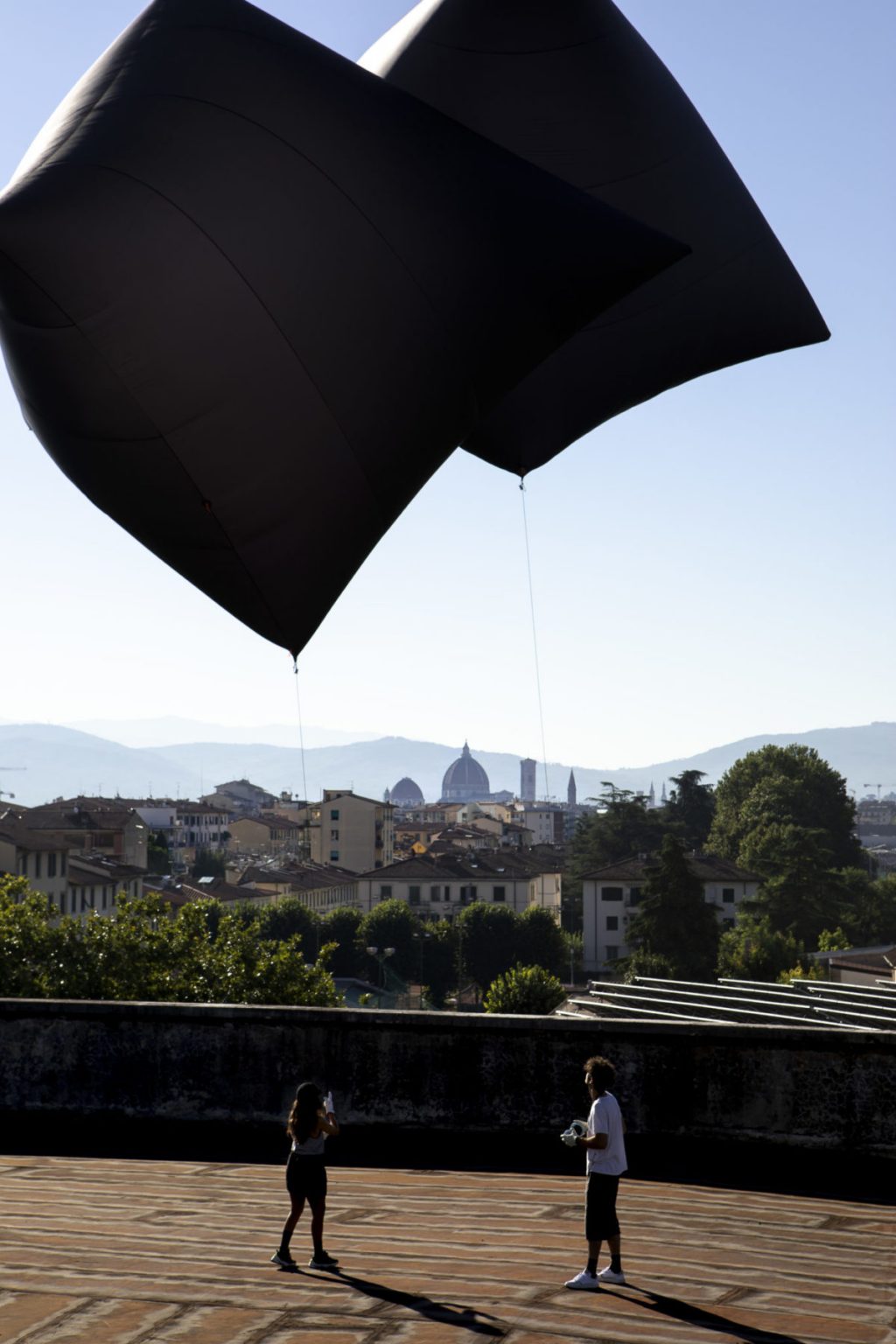
With the Aerocene workshop in Florence during ARIA Days, the aim was to trigger the volunteers and the public’ sensitivity towards the atmosphere and the planet, detaching from the ground to have a tangible view of the ocean of air at the bottom of which we all live.
The Pilot Course is based on learning how to launch an aerosolar sculpture in the air and the safety procedures that come with this action. The Aerocene Pilot Course is an entrance into the praxis of becoming aerosolar; attuning to the weather, collaboratively energising and activating the lift and drift of aerosolar sculptures in alignment with the Sun and winds, and drawing aeroglyphs with the air. A thinking-through-making activity, the Pilot Courses seek to open up the thermodynamic imagination through the boundless potential of energies, both elemental and of collaboration.
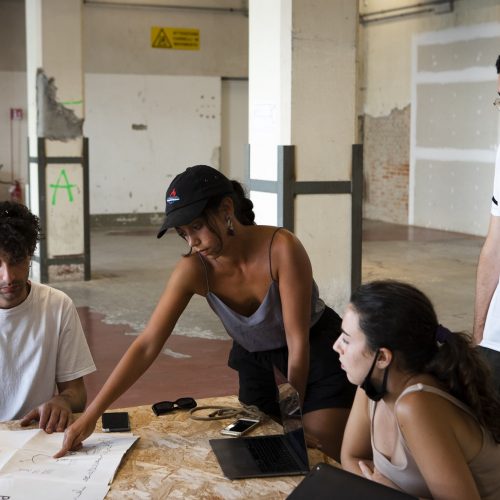
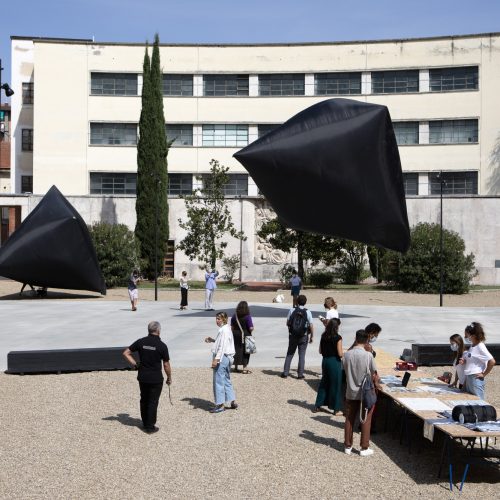
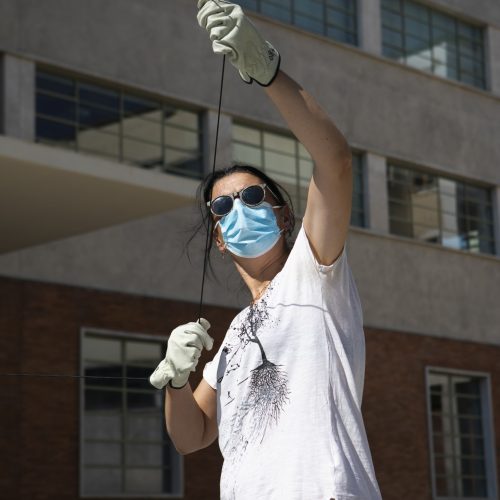

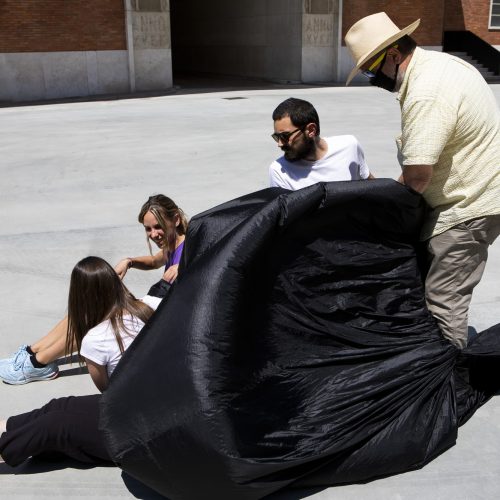
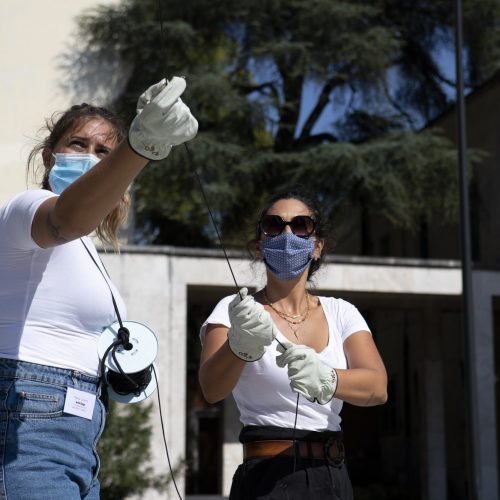
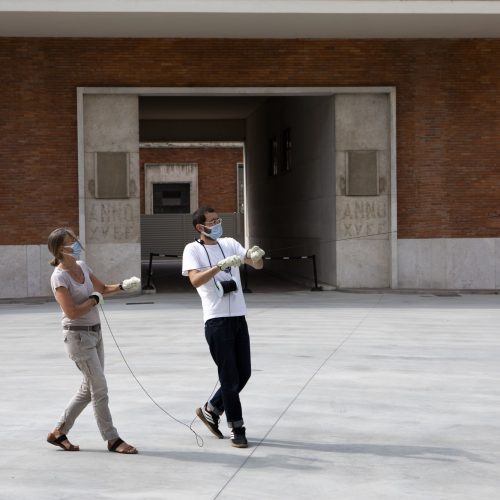
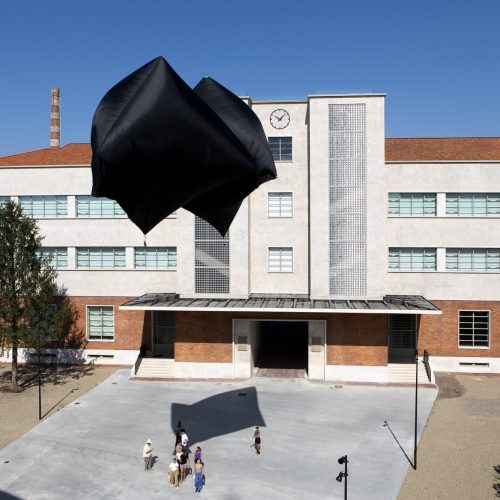
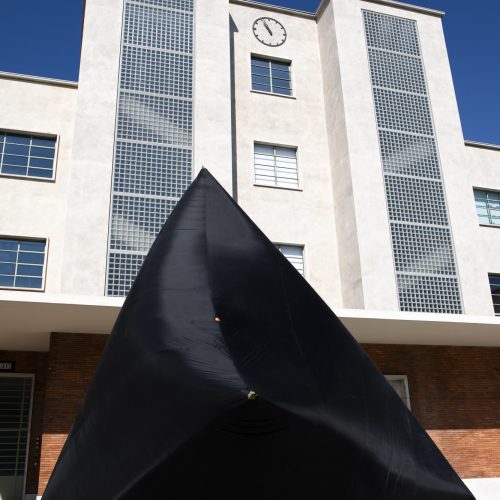
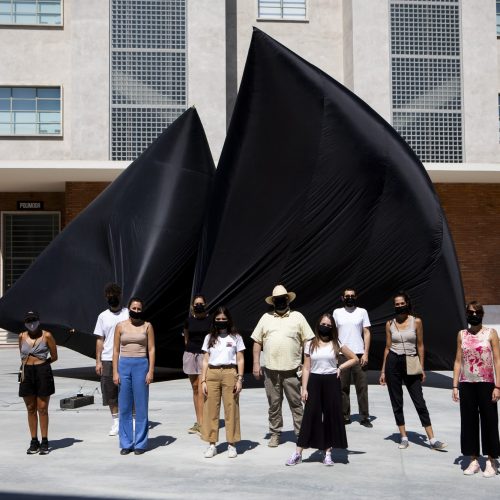
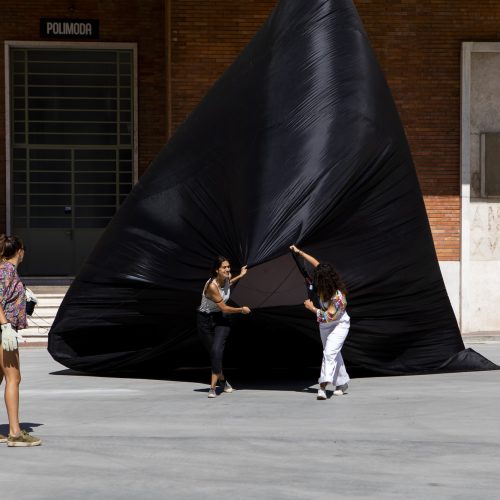
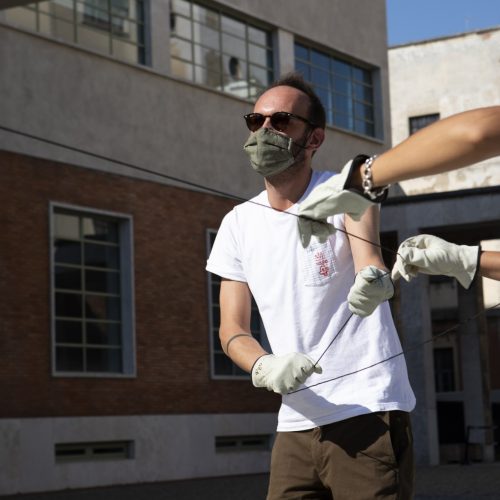
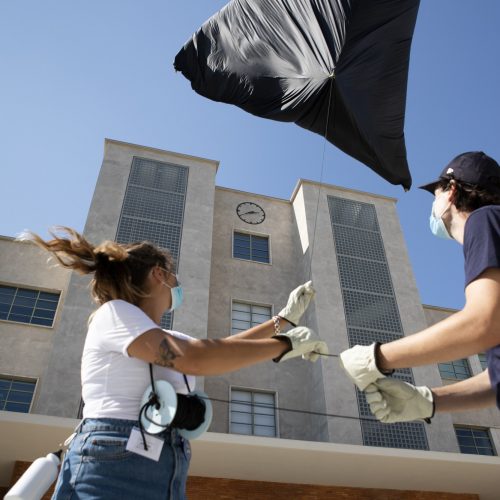
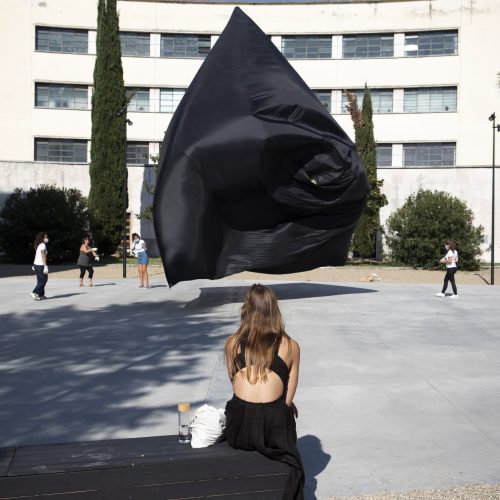
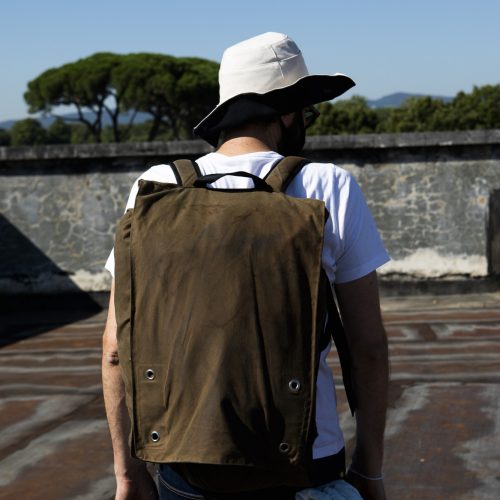
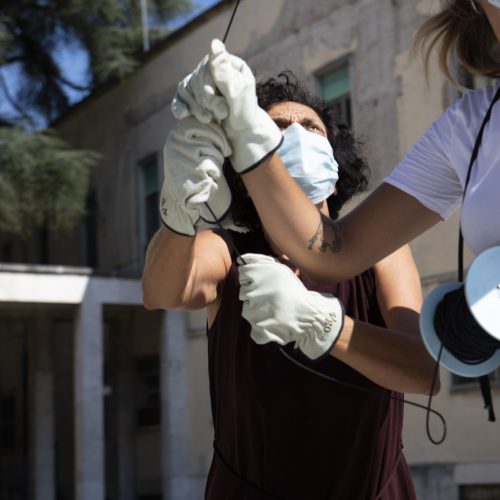
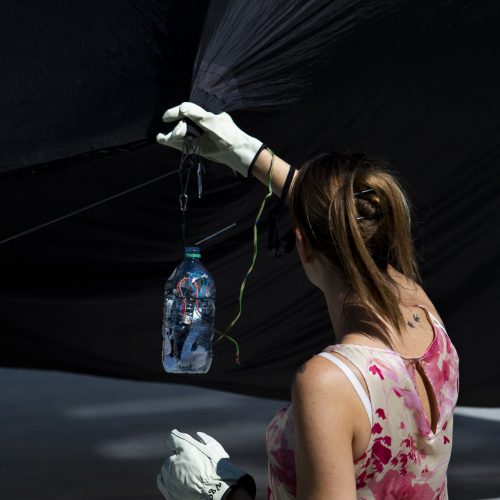
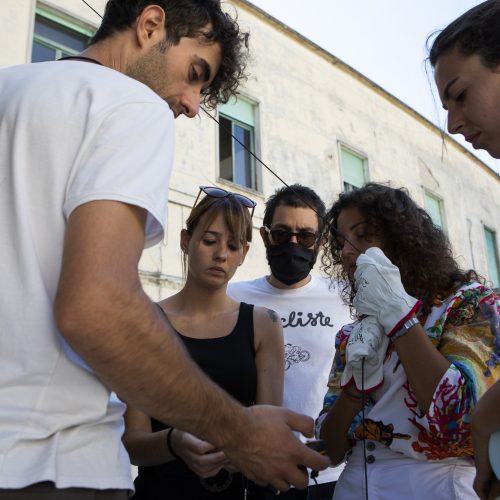
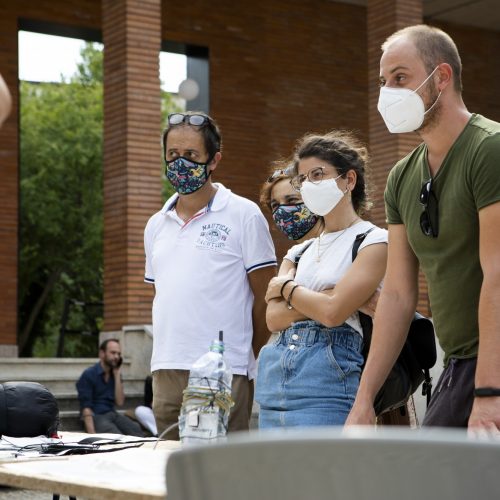
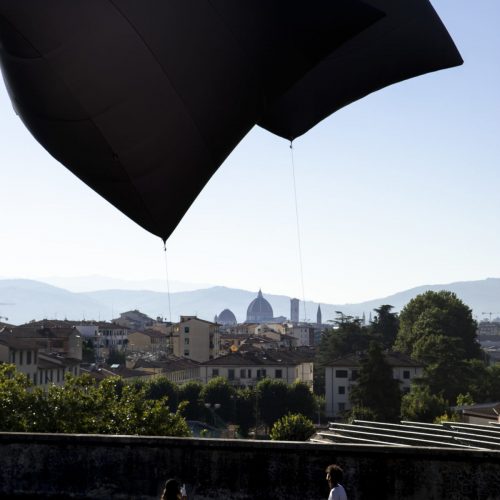
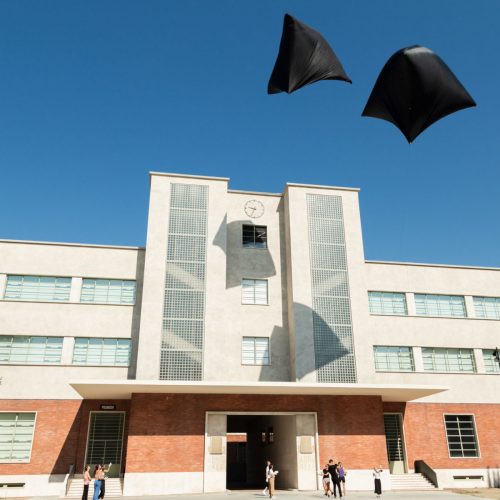
Every aerosolar sculpture, while on air, can be equipped with the SensAIR, the sensing kit enclosed in the Aerocene Backpack, a tool for perceiving and measuring atmospheric properties collaboratively developed by the Aerocene community.
Contained within a reused plastic bottle, a Raspberry Pi single-board computer connects to a Raspberry Pi camera, a BME280 pressure/humidity/temperature sensor, a solar battery back, an SD card, and a WLAN stick (USB 2.0). It can also include Motion Trackers and Particulate Matter Sensors.
Prior to list off, the device is attached to the sculpture and enables the gathering of aerial pictures and atmospheric data, such as temperature, humidity and pressure, along with air pollutant measurements.
Fully open-source via the GitHub repository, the SensAIR enables the low-cost, non-intrusive, emissions-free scientific study of airborne matter, and encourages citizen-science approaches to atmospheric investigation.
The motion tracker embedded in the SensAIR is able to record the movements of the floating sculptures, the invisible traces left by it – the Aeroglyphs.
Like handwriting or fingerprints, the swirling trace that follows any Aerocene flight is unique. While eagerly adapting to the ever-changing rivers of the wind, atmospherics laws and weather conditions, aerosolar spheres create signatures in and of the air. In contrast to fuel-powered flights that leave behind visible, straight lines in the sky, the trajectories of an Aerocene float are invisible to the eye.
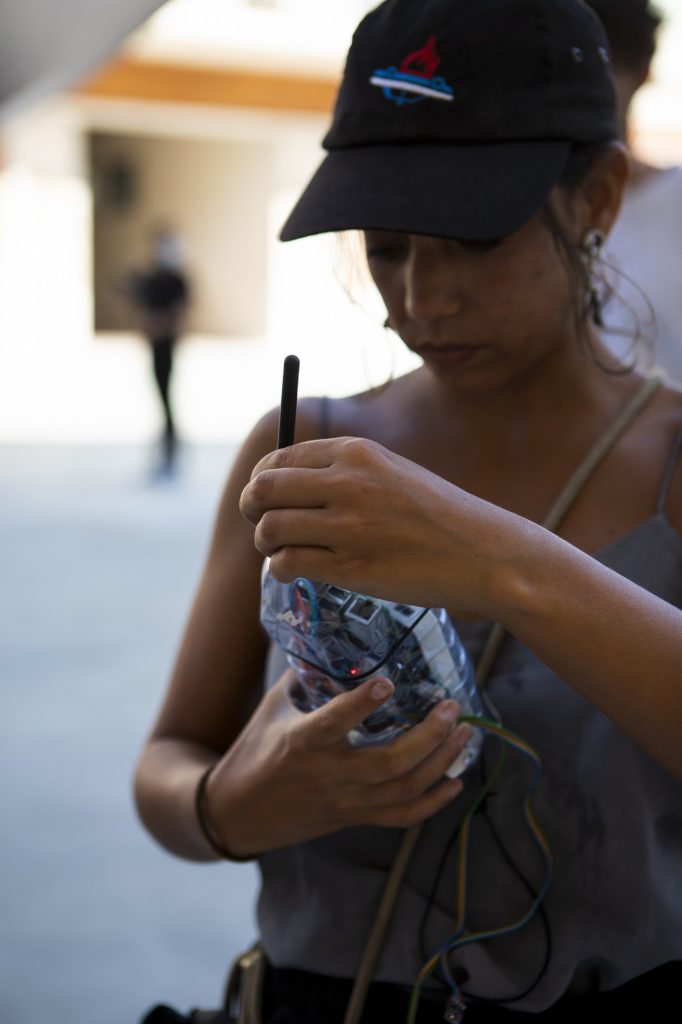
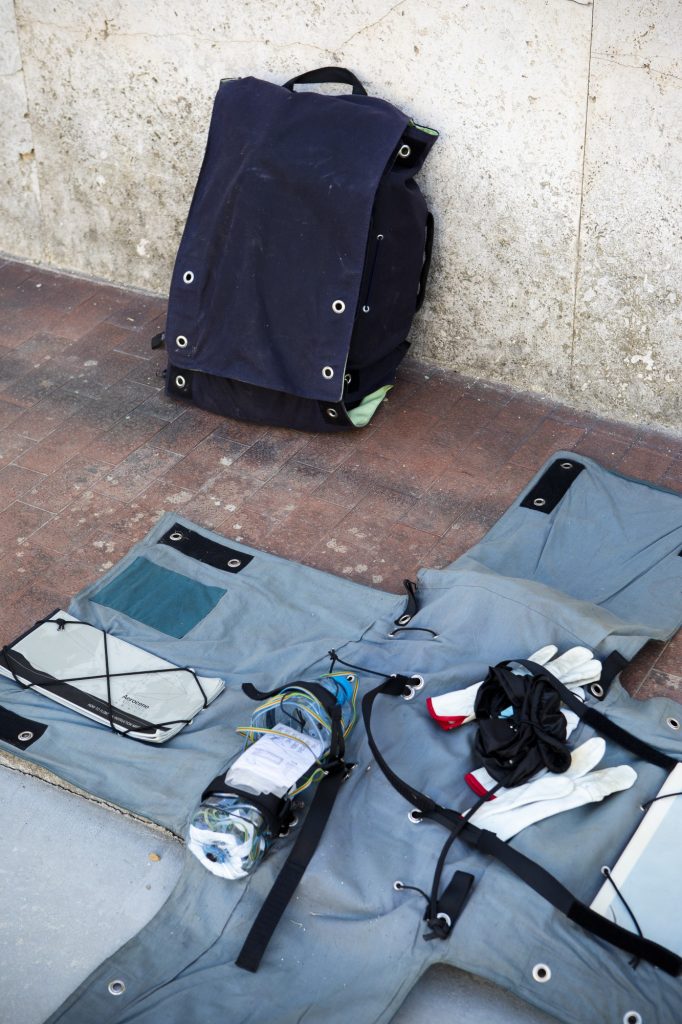
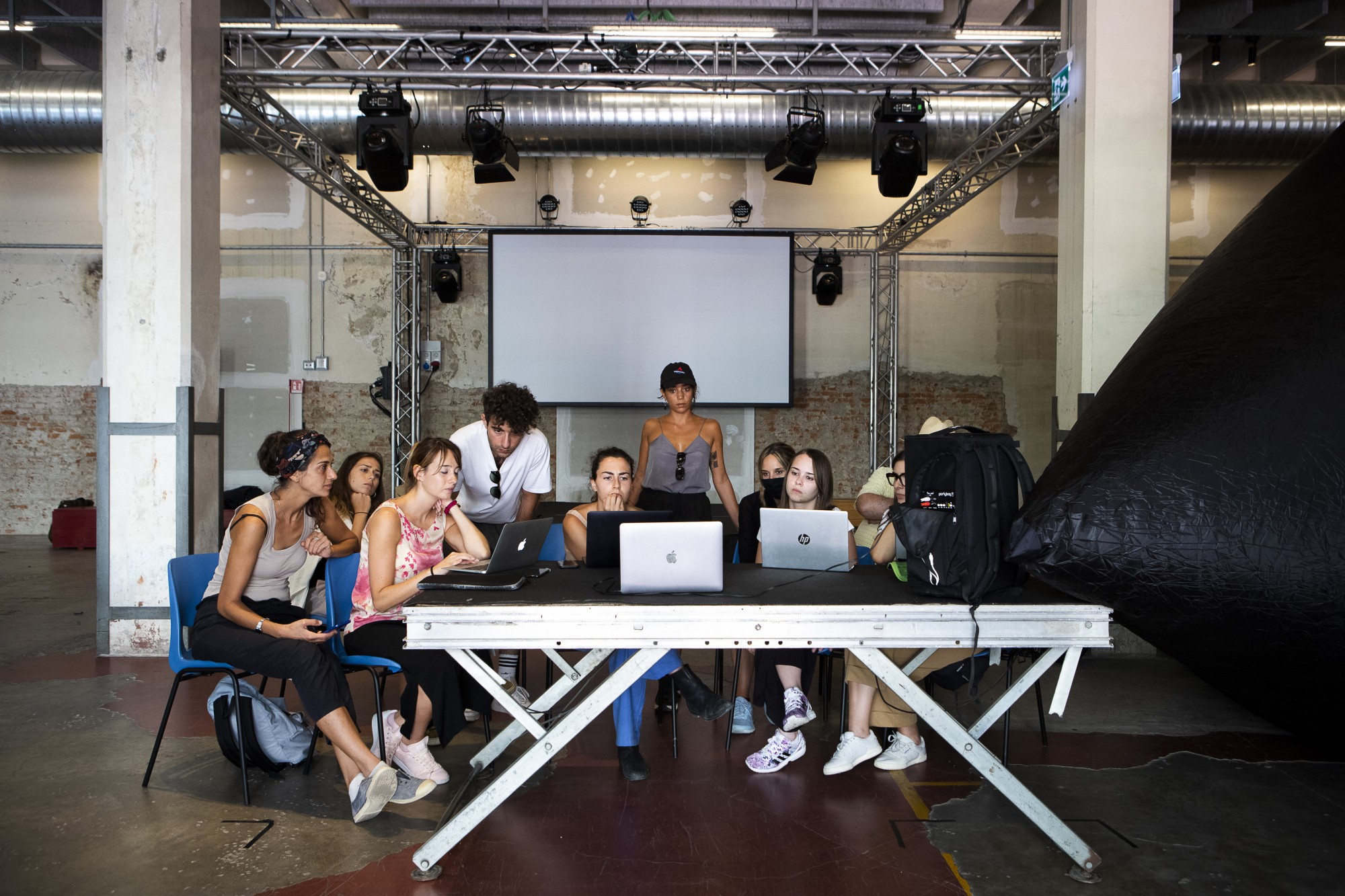
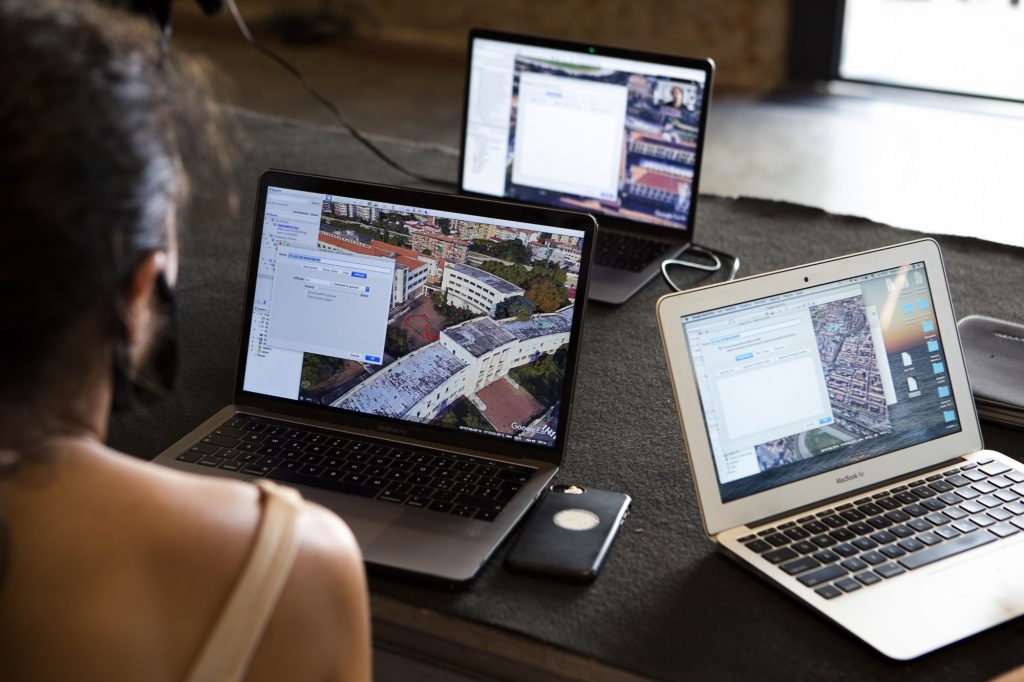
With every launch, the participants have been able to record the flight trajectories and subsequently, thanks to Joaquin Ezcurra – Aerocene Foundation’s Aerial Data expert – visualize them in digital form. The objective was to understand the basics of the collected data: GPS coordinates, atmospheric pressure and its relation to altitude, and then process this information into an artistic visualization.
During the workshop, participants have been able to sort and analyze the information collected by the airborne sensing device from scratch, by compiling the source info on a CSV file, through an open-source spreadsheet application. Then, the GPS values have been pasted into a sample KML file through a text editor application, following examples downloaded from Aerocene’s Sky Hole Mark Up repository on GitHub. Later, each KML file has been uploaded into the Google Earth Pro (Free) application for visualization of each aerosolar sculpture’s Aeroglyph.
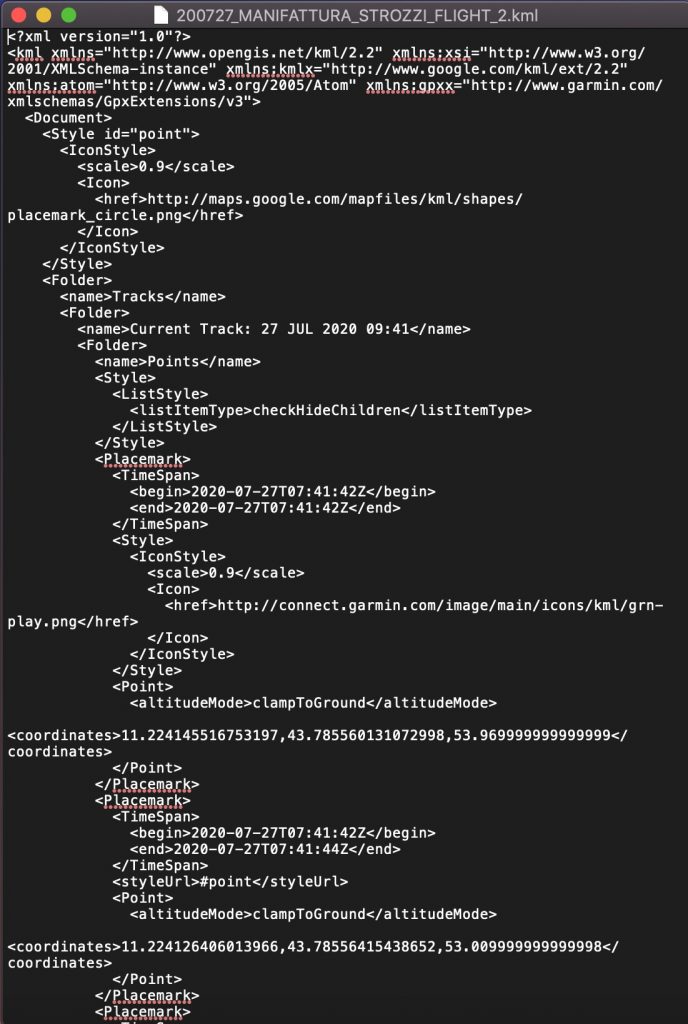
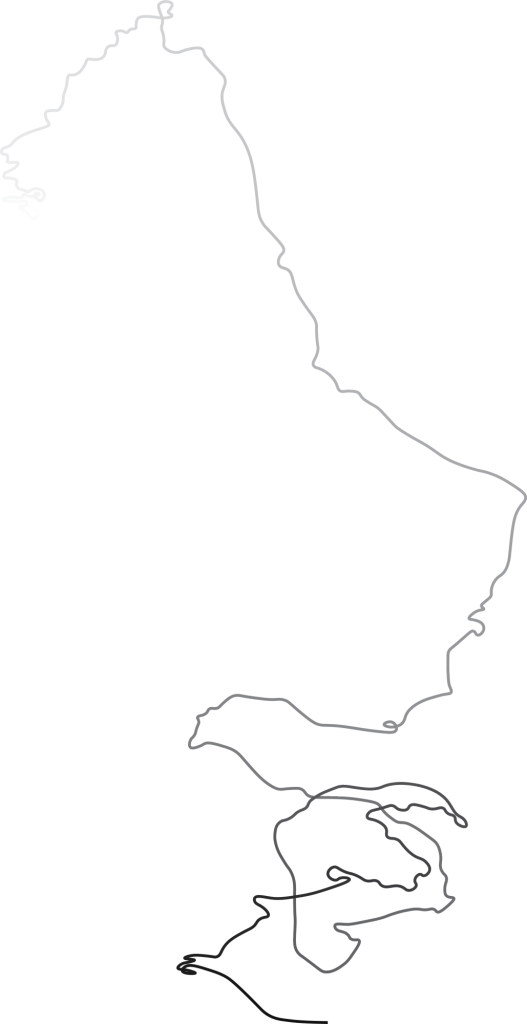
Aeroglyph AT 200727, Florence, 2020
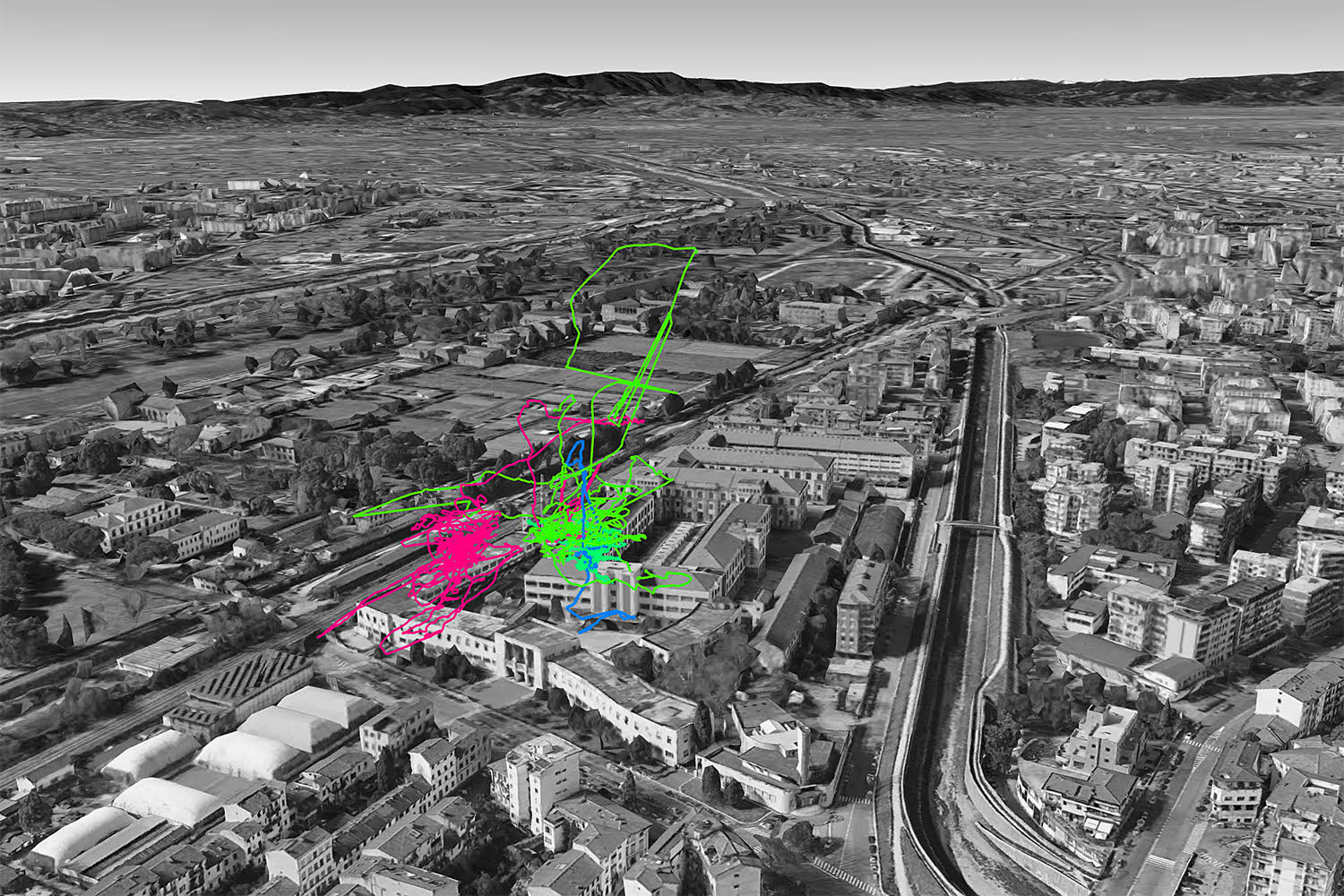
Aeroglyph AT 200726, AT 200727, AT 200728, G-Earth view, Florence, 2020
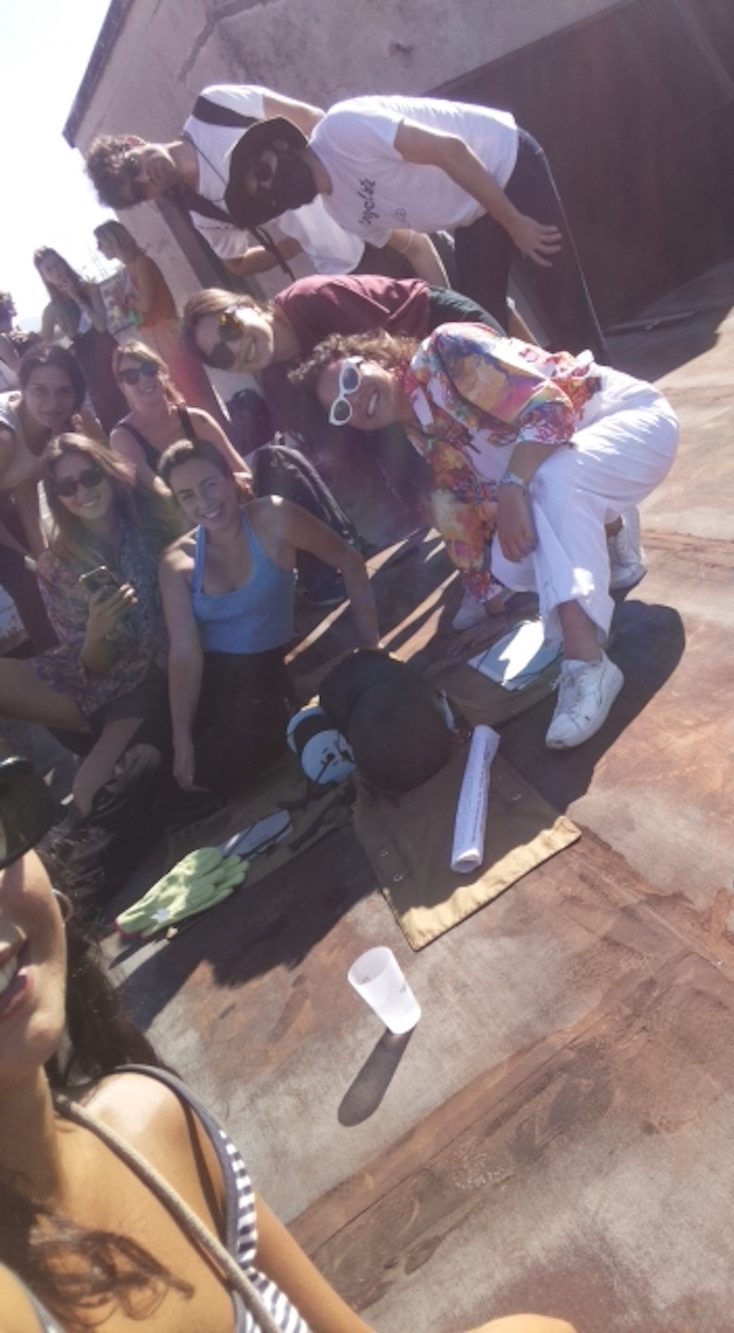
Aerocene Certified Pilots, Class of 2020, ARIA Days, Aerial Pictures, SensAIR, Florence, 2020
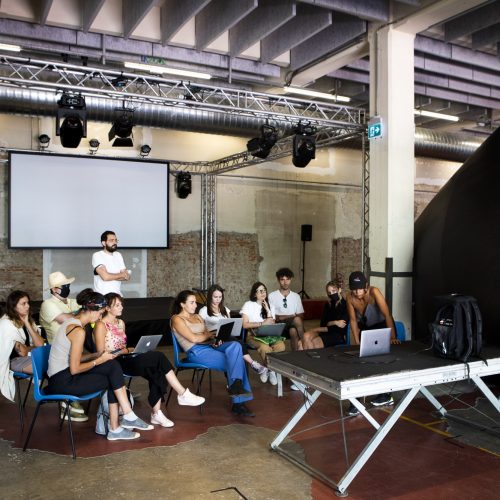
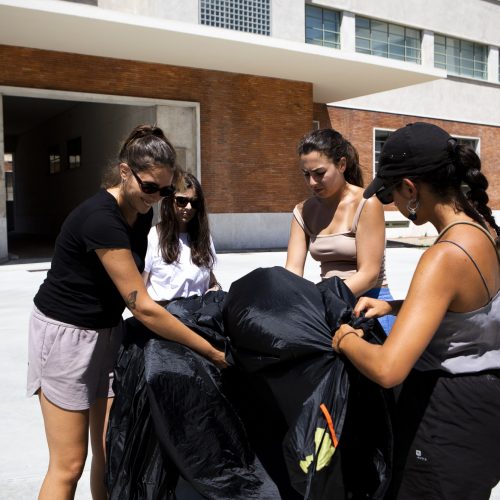
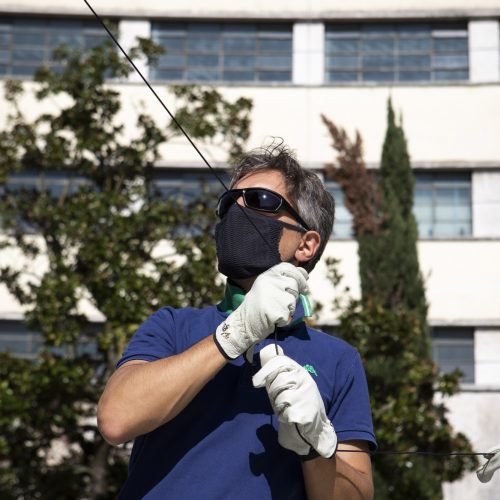
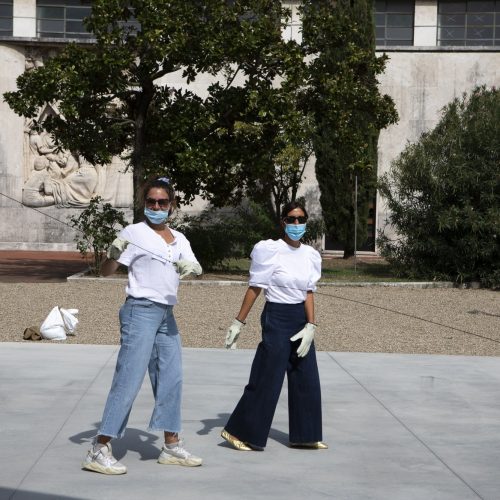
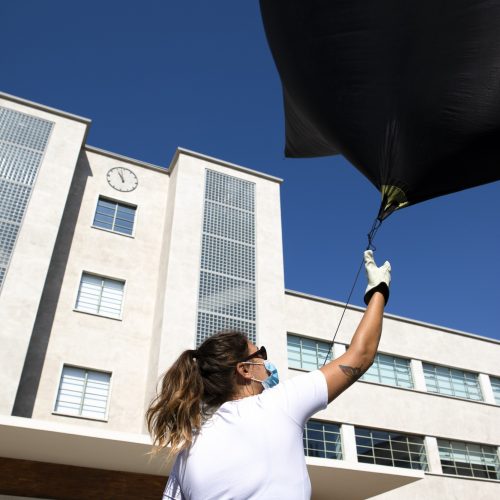
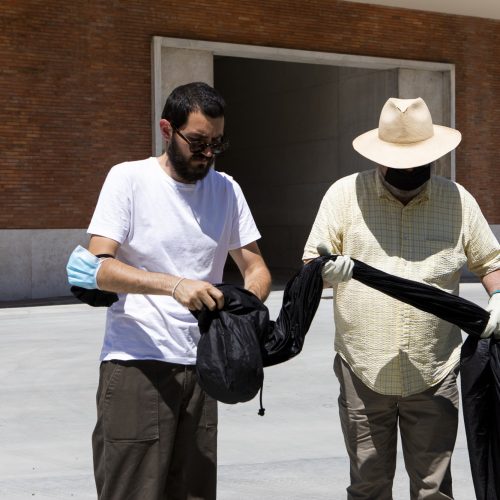
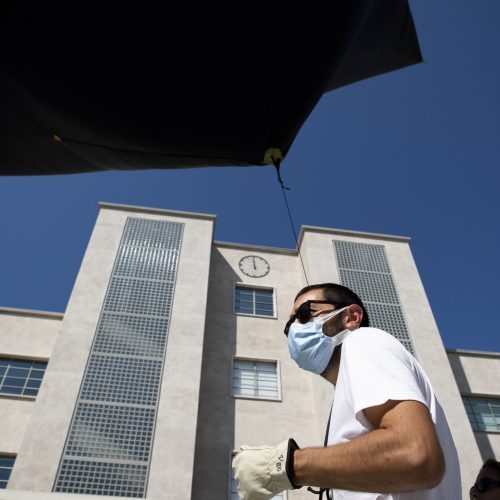
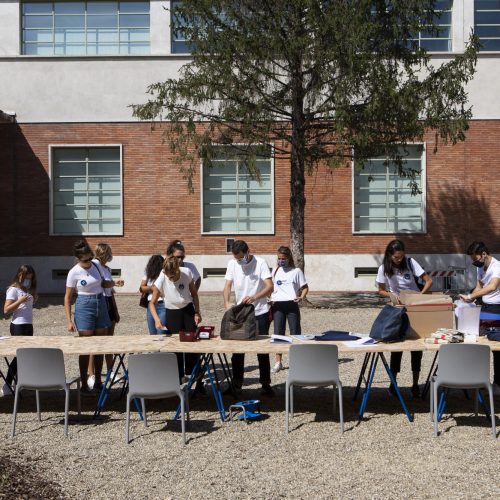
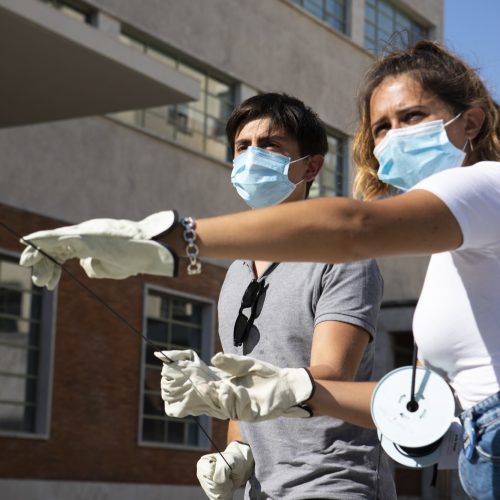
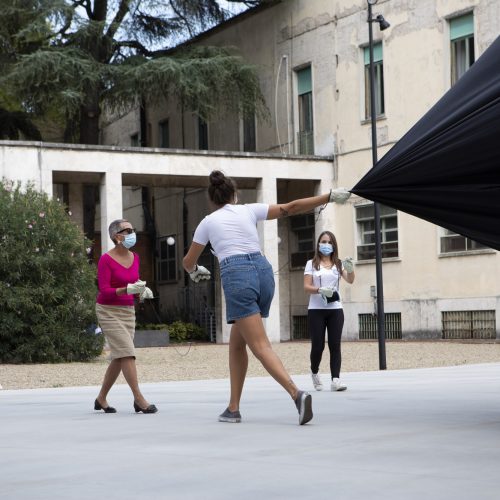
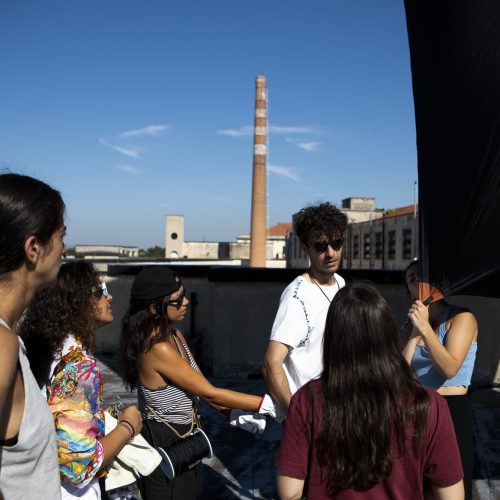
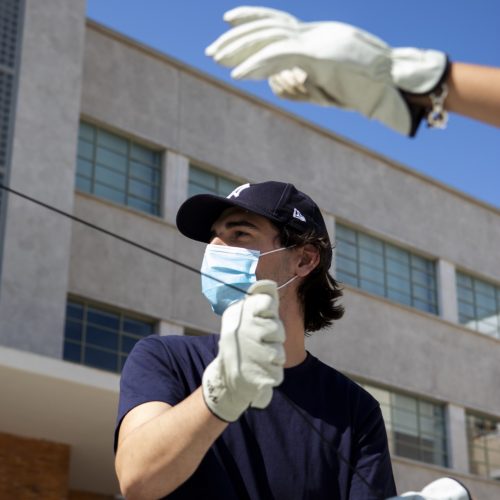
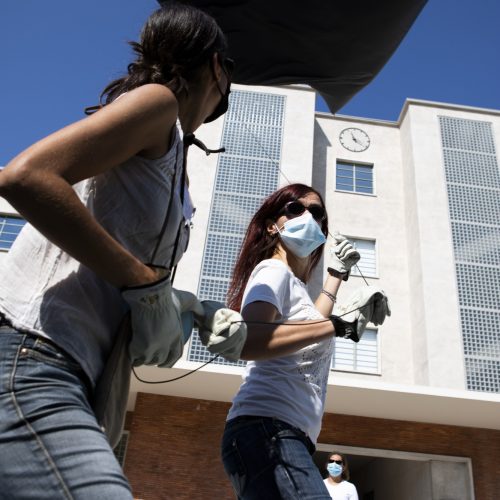
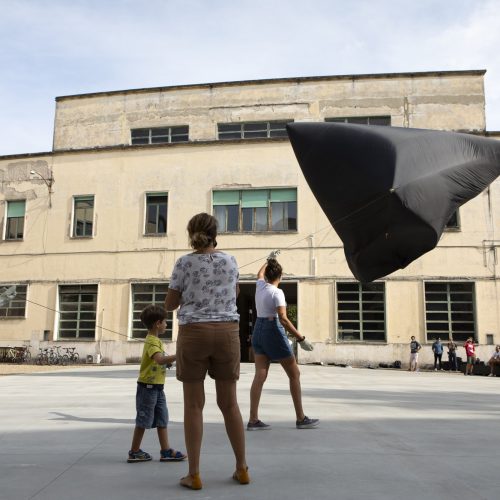
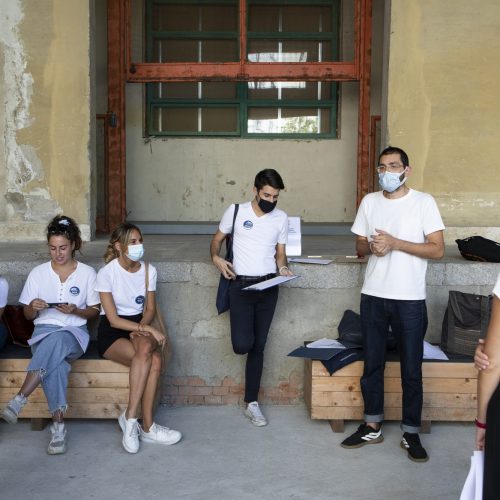
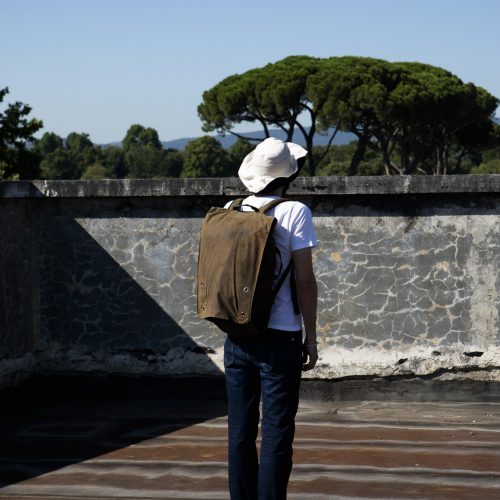
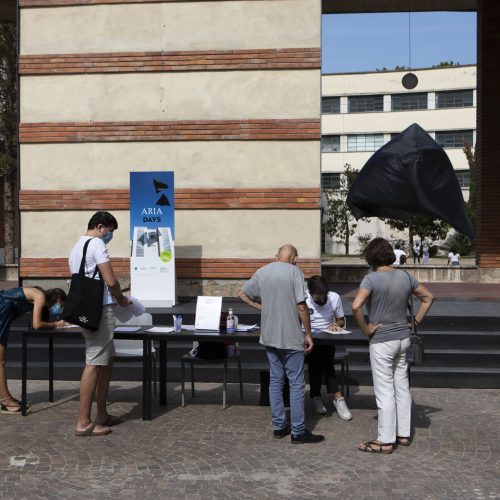
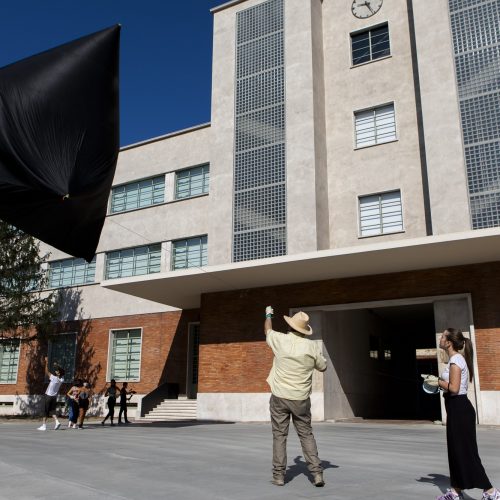
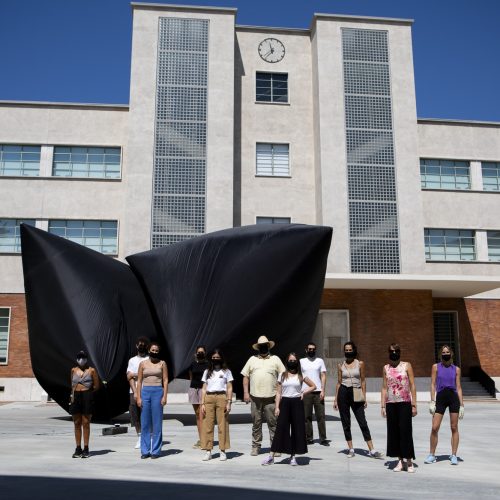
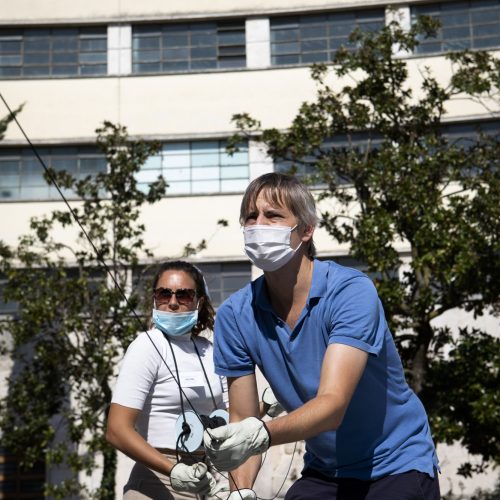
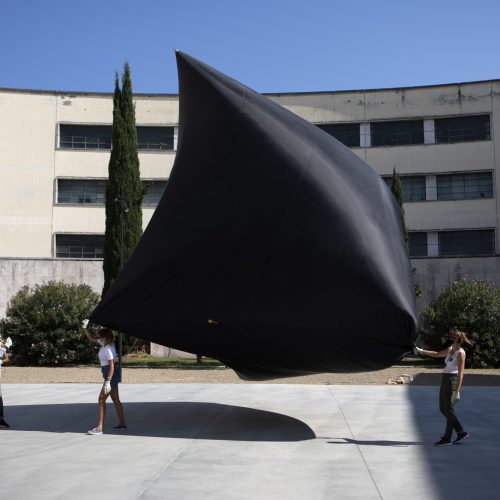
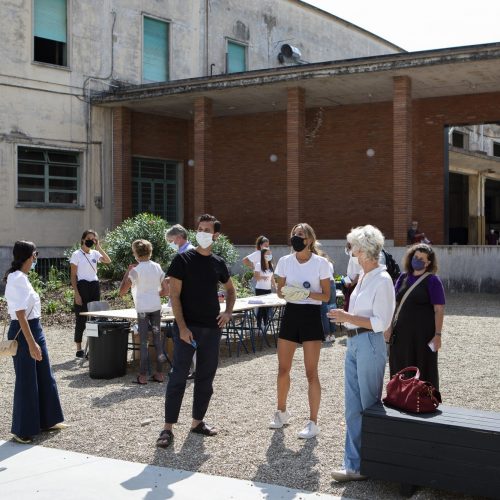
Congratulations to all new certified pilots and participants for the amazing collective achievements of ARIA DAYS.
Special thanks to Martino Margheri and Riccardo Lami for the invaluable support and energy invested in making the Aerocene landing in Florence a reality, together with Arturo Galansino Director General Fondazione Palazzo Strozzi and the entire team of Manifattura Tabacchi.
Applause to all volunteers for the enthusiasm and care demonstrated during the workshop! In aerial order: Maria Camilla Palleschi, Sara Gavagni, Marta Lorenzi, Silvia Villafranca, Federica Pascarella, Giampaolo Irtinni, Marianna Di Rosa, Chiara Martini, Mariasole Monaci, Fiamma Batini, Federica Giglio.
Photo Credits: Aerocene launches, 2020, Manifattura Tabacchi, Firenze, as part of exhibition Tomás Saraceno. Aria, Palazzo Strozzi, Firenze. All photos by Giancarlo Barzagli. Licensed under CC BY-SA 4.0
Video Credits: Alex Torres and Ugo De Berti – UDB Studio Licensed under CC-BY-SA 4.0
